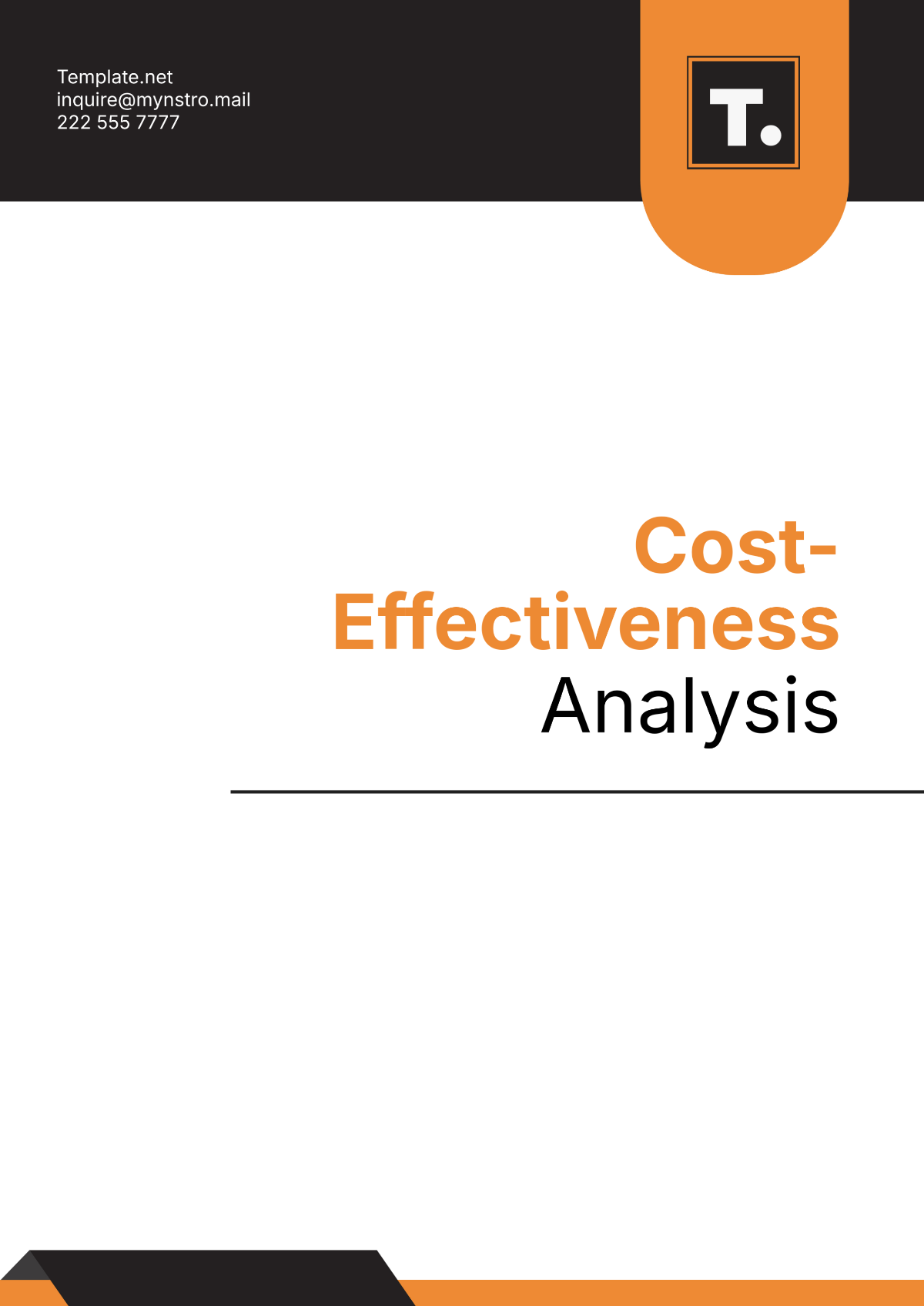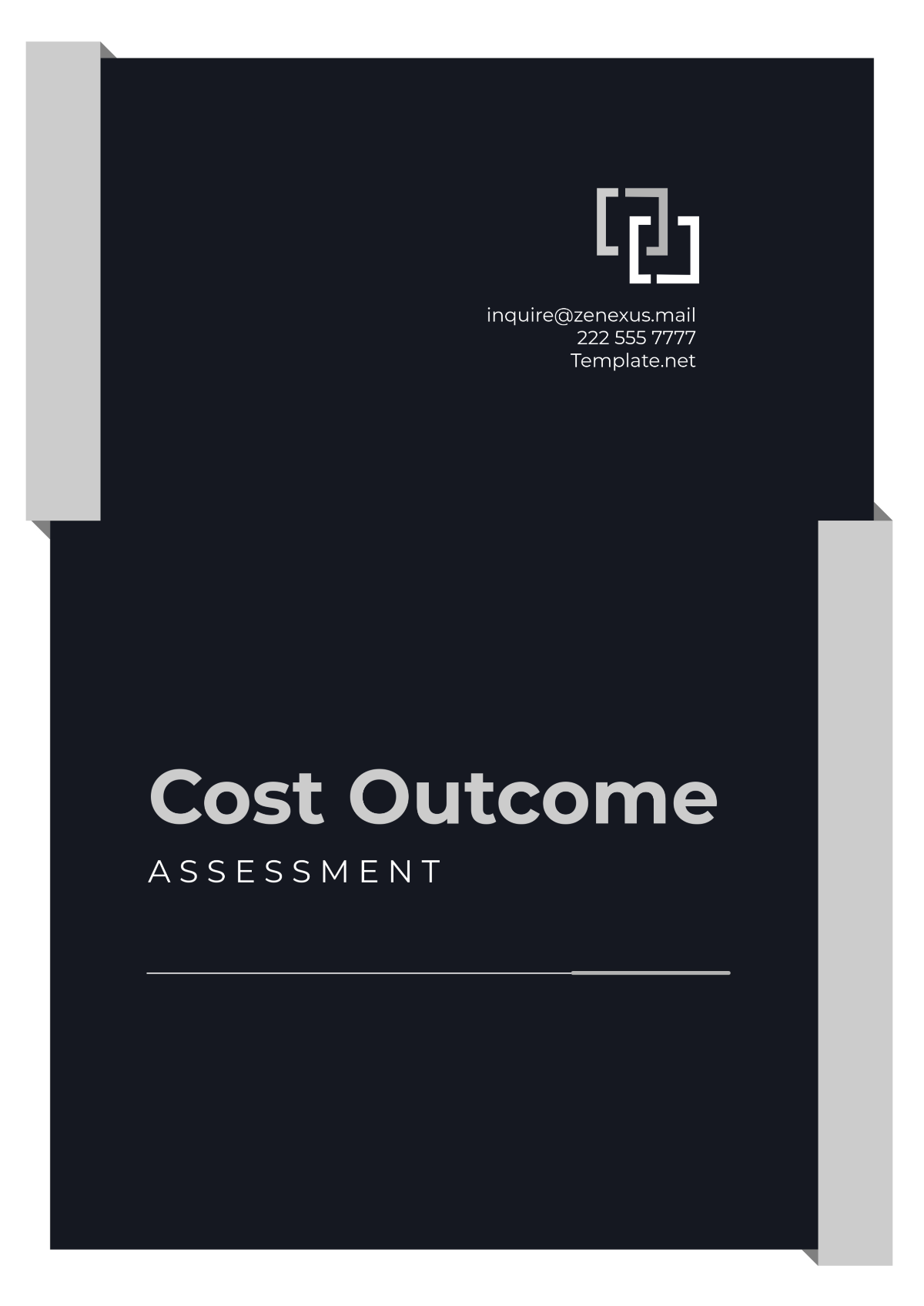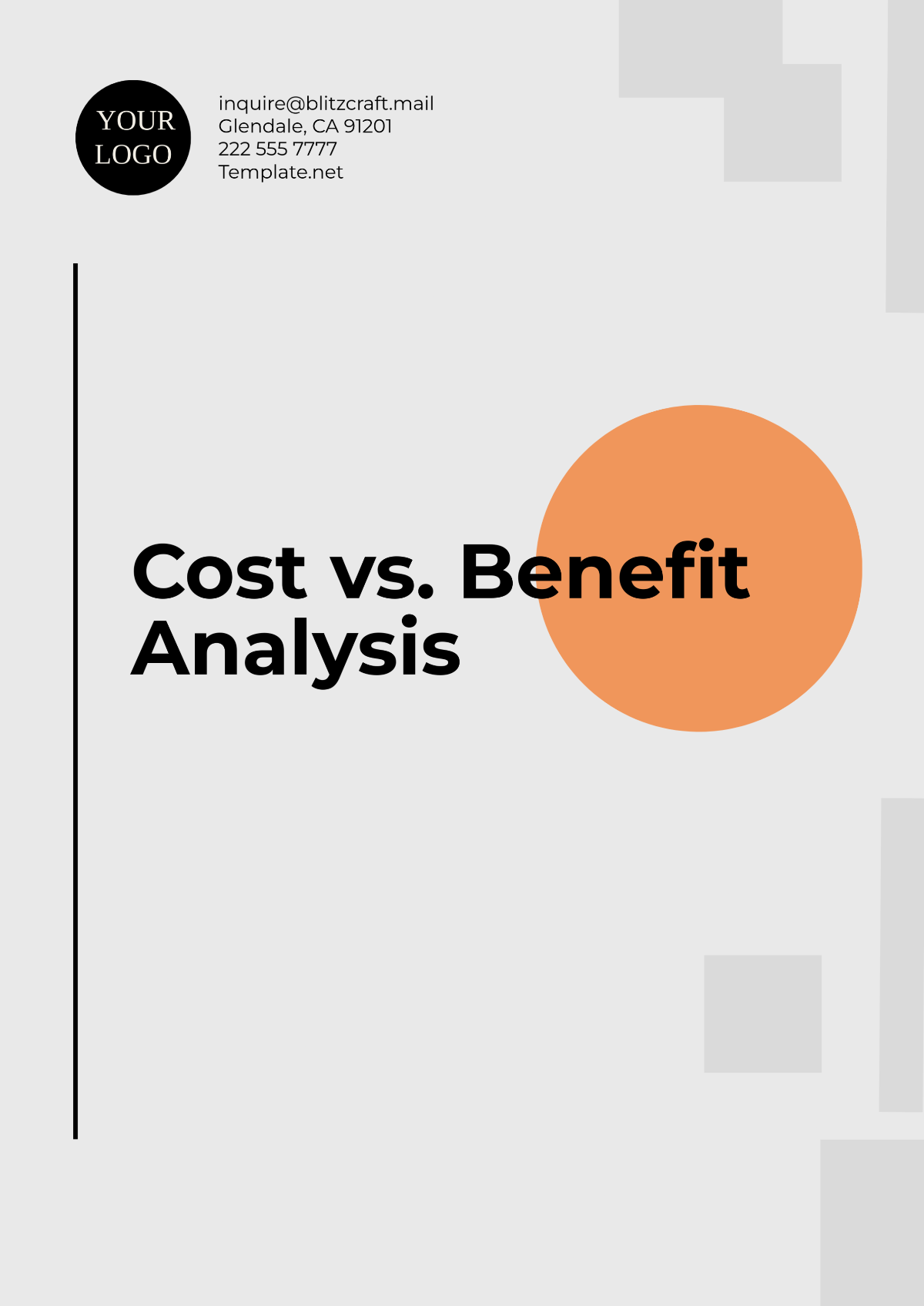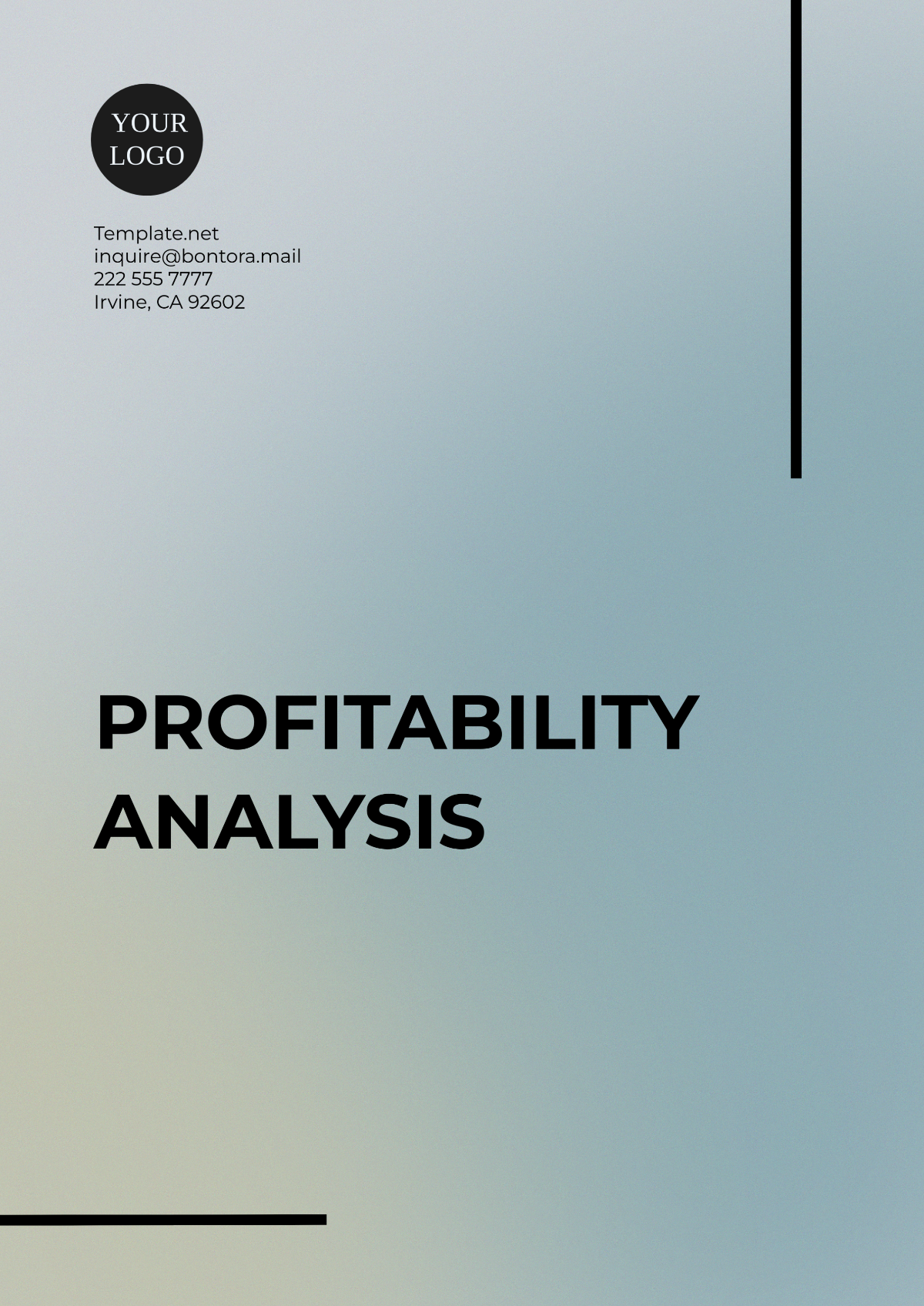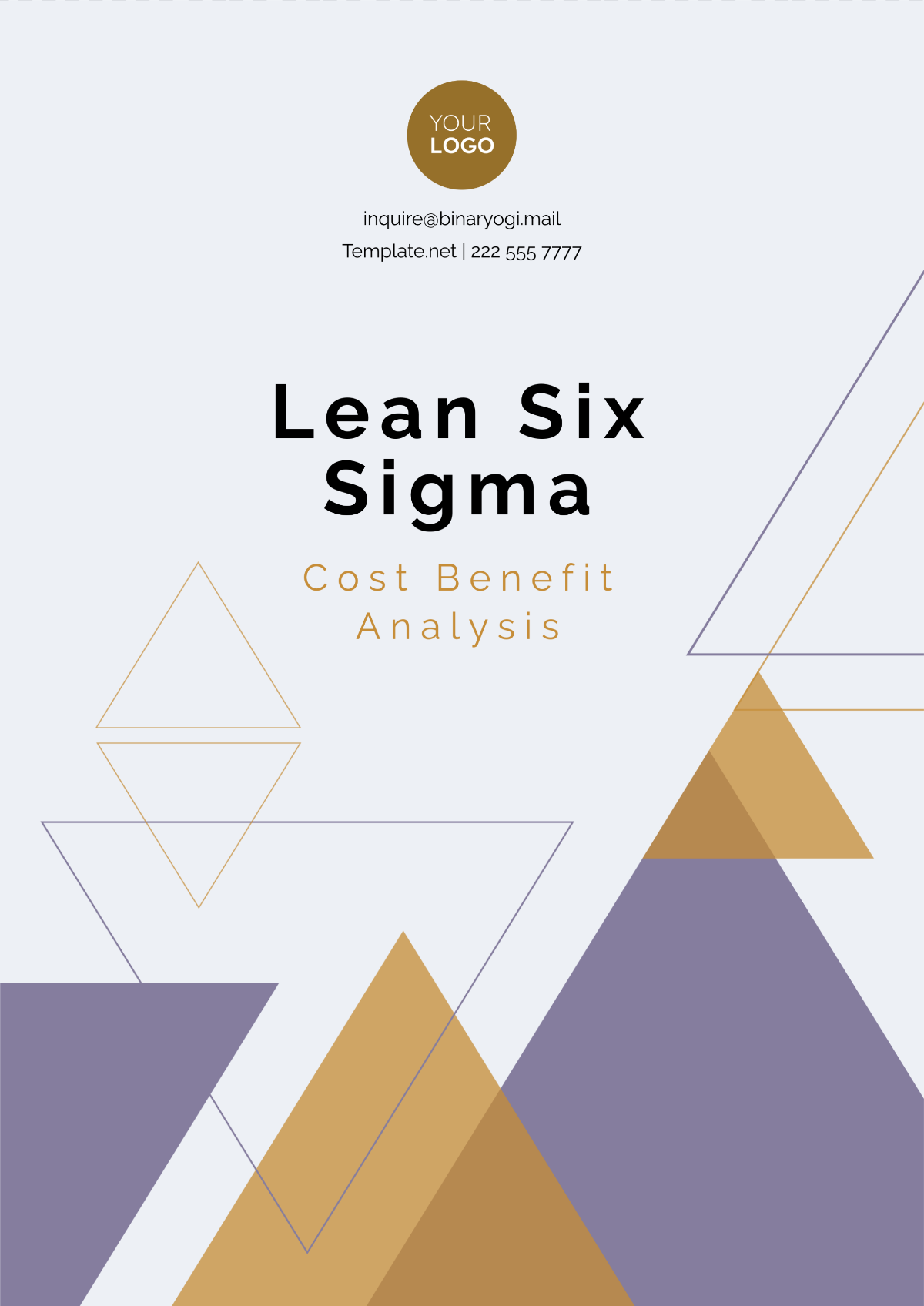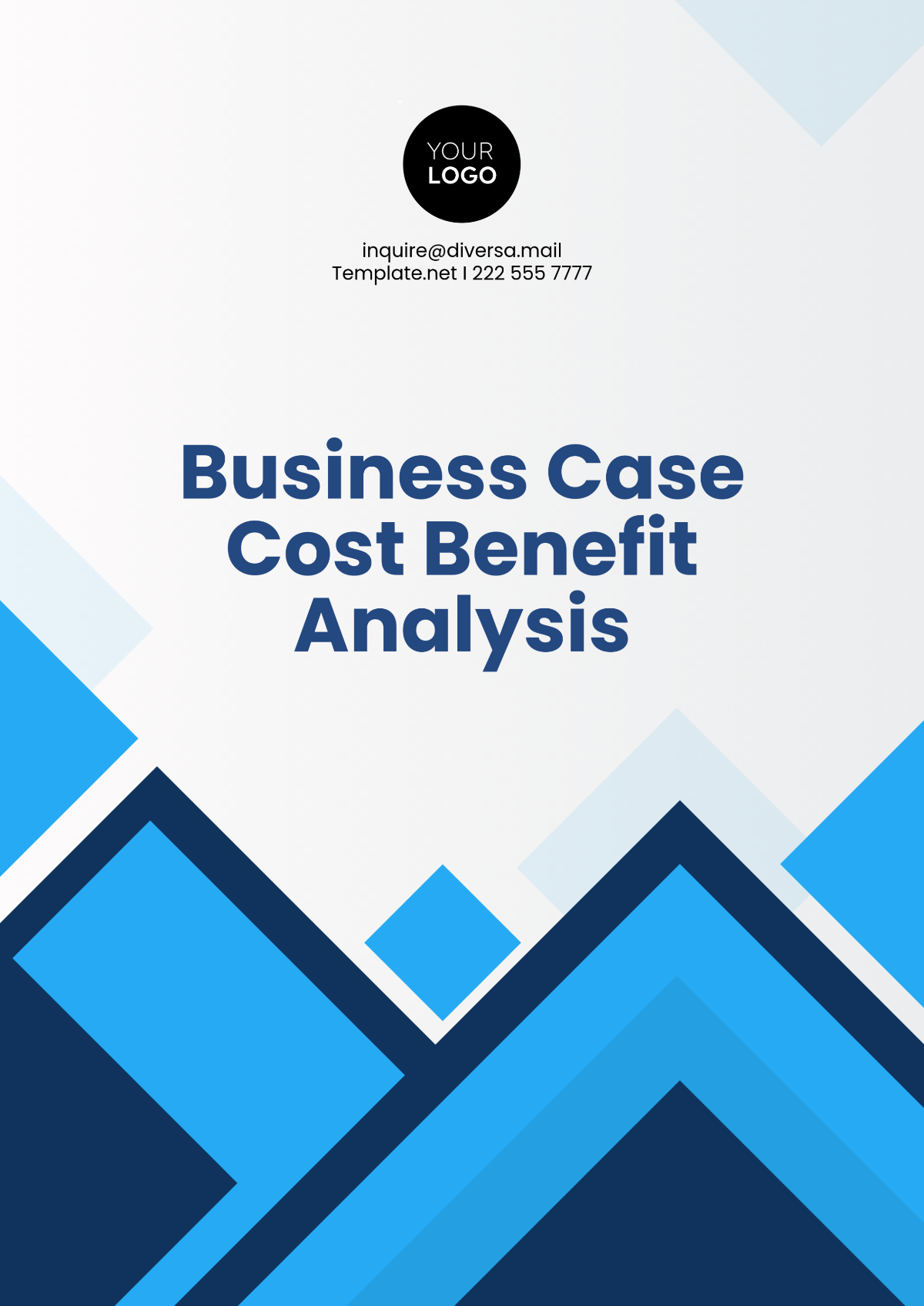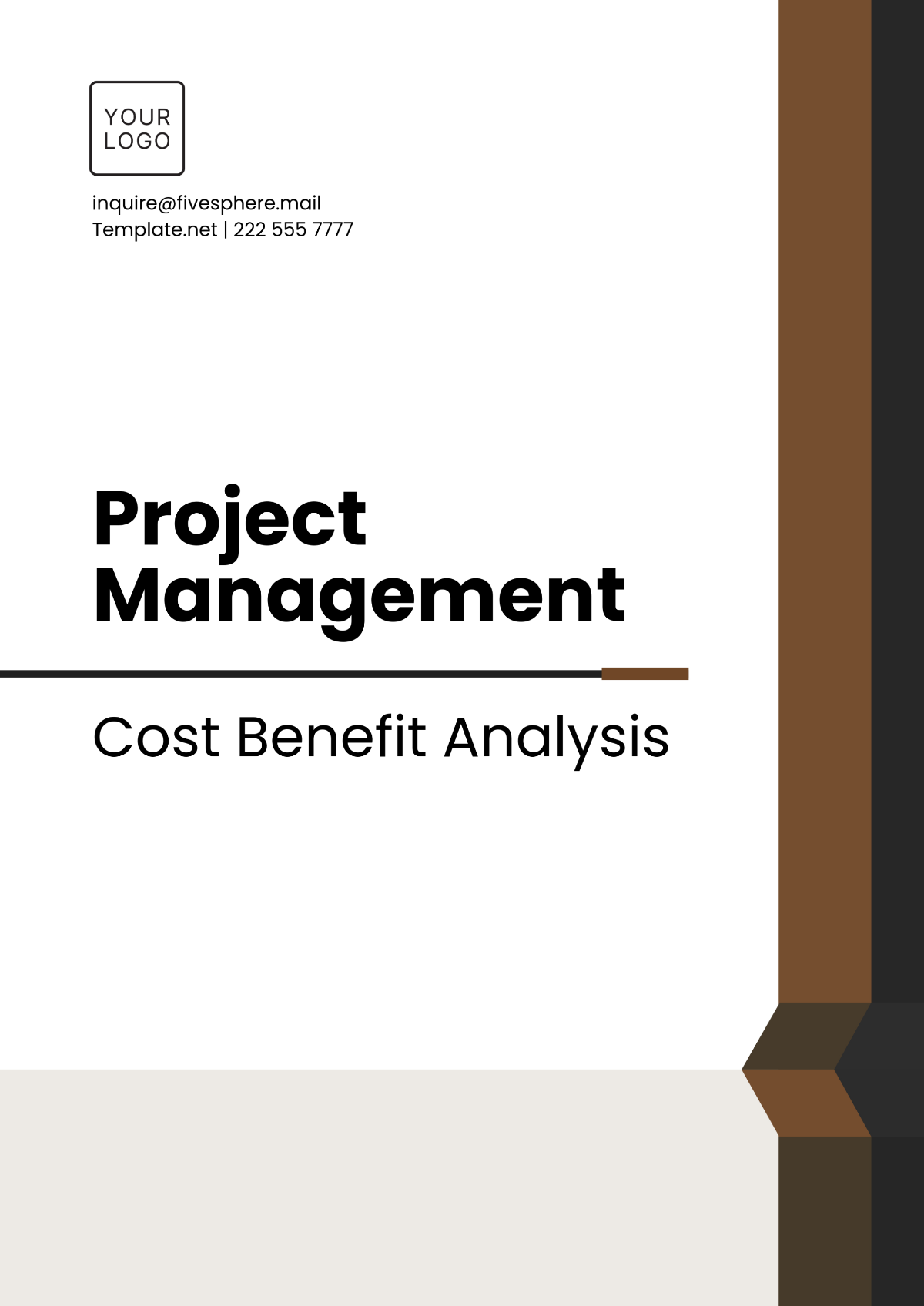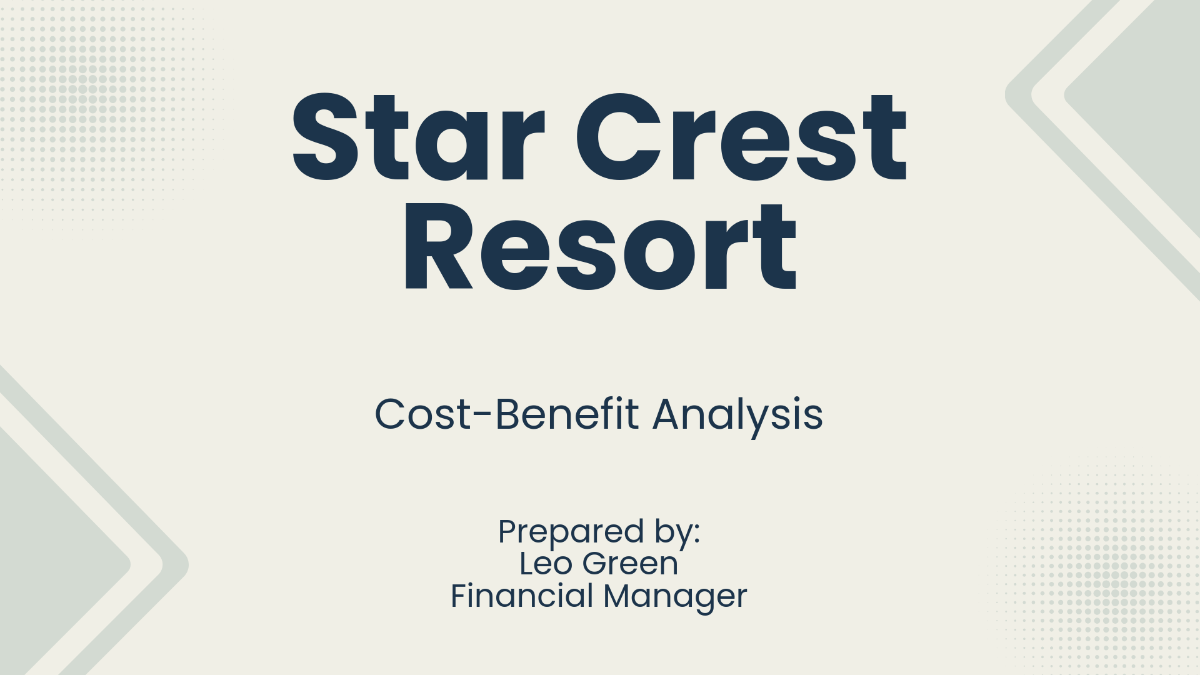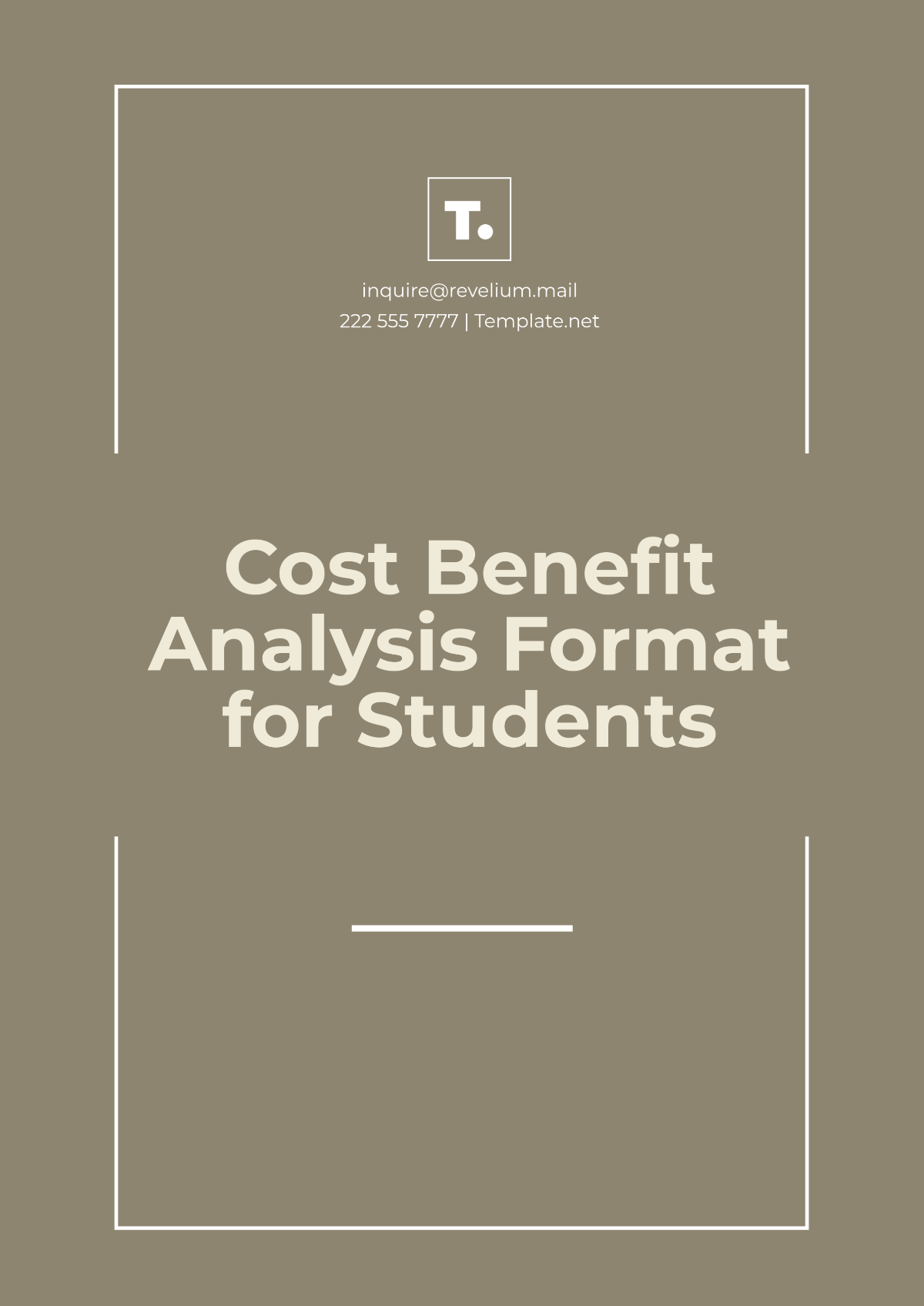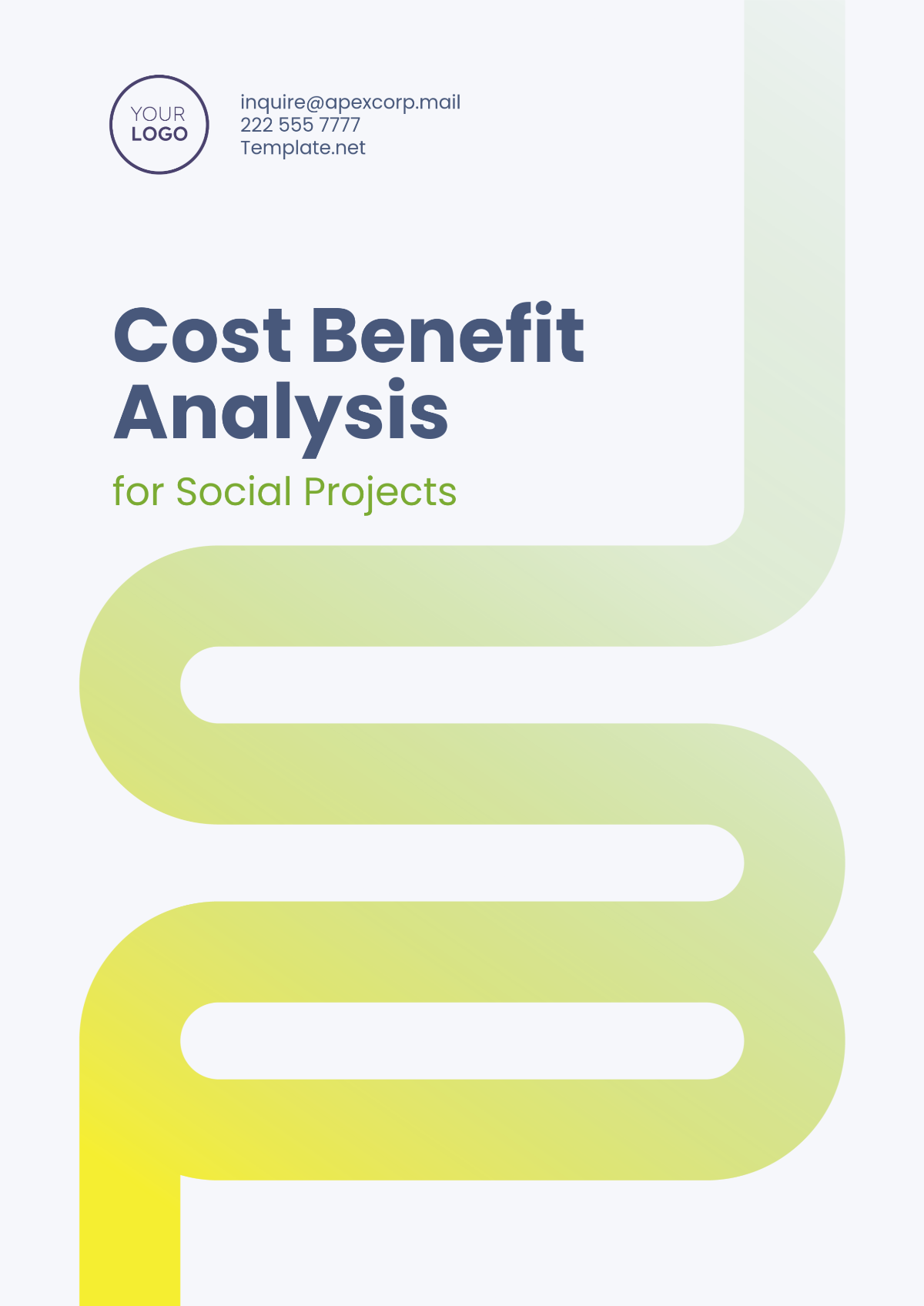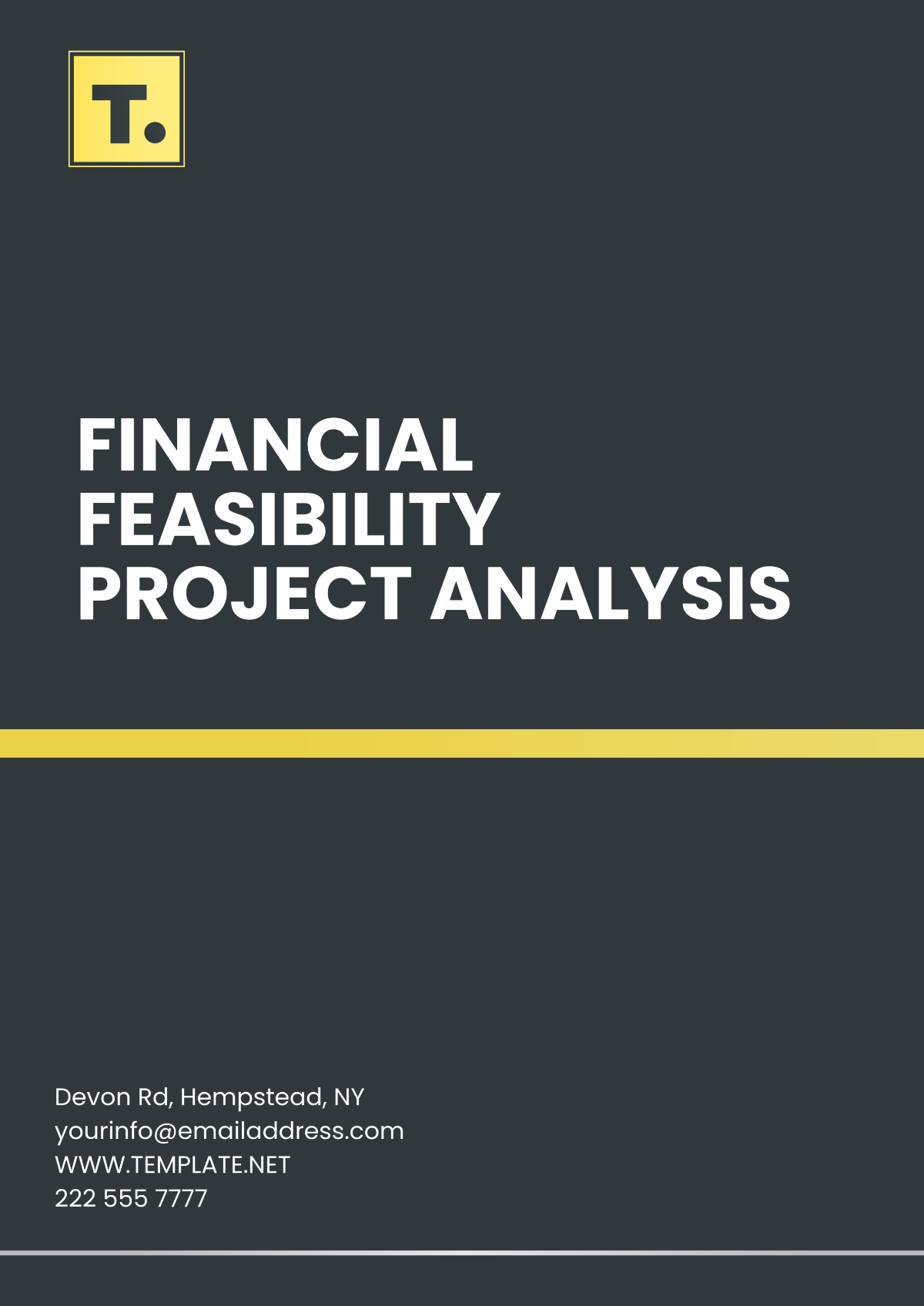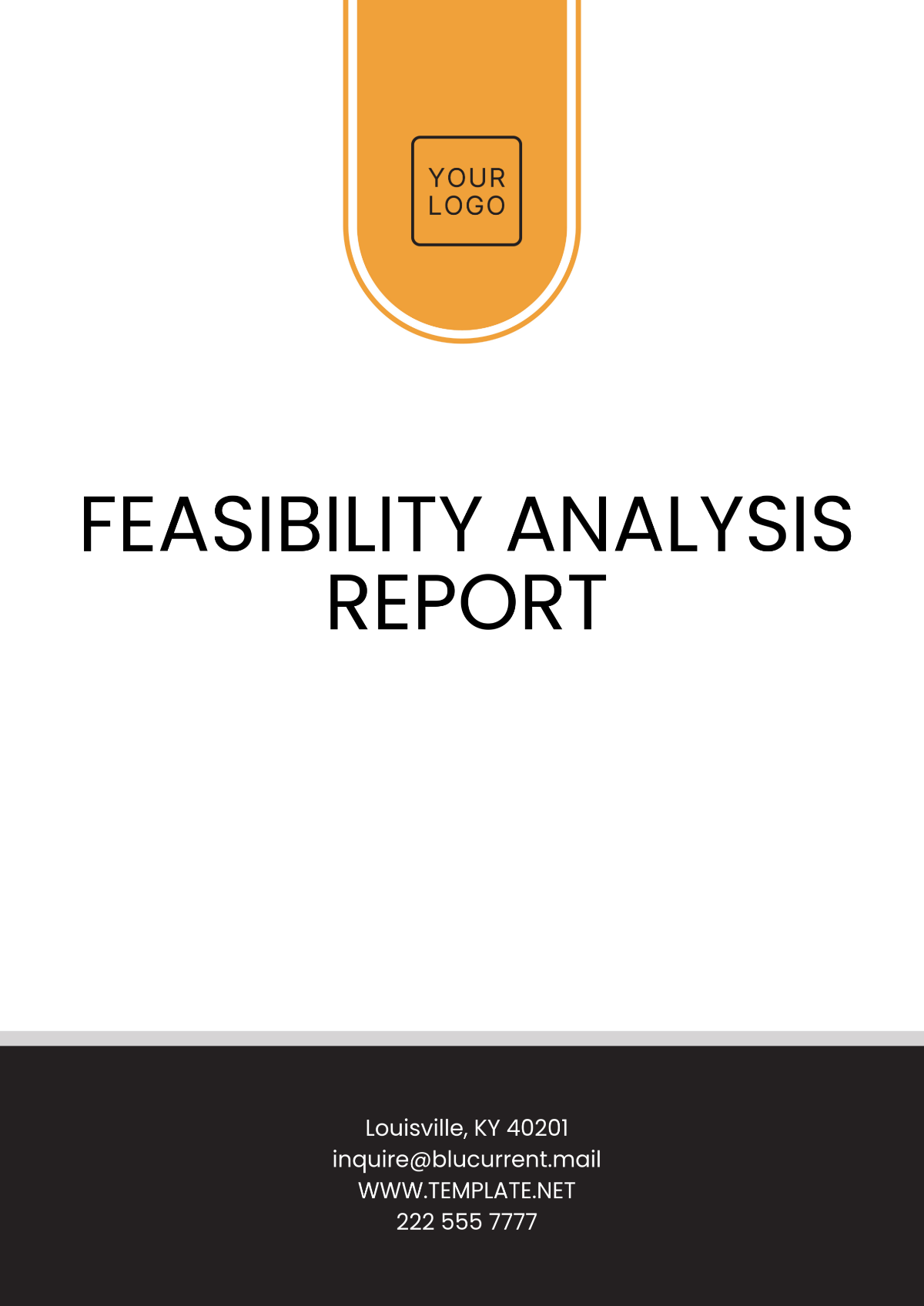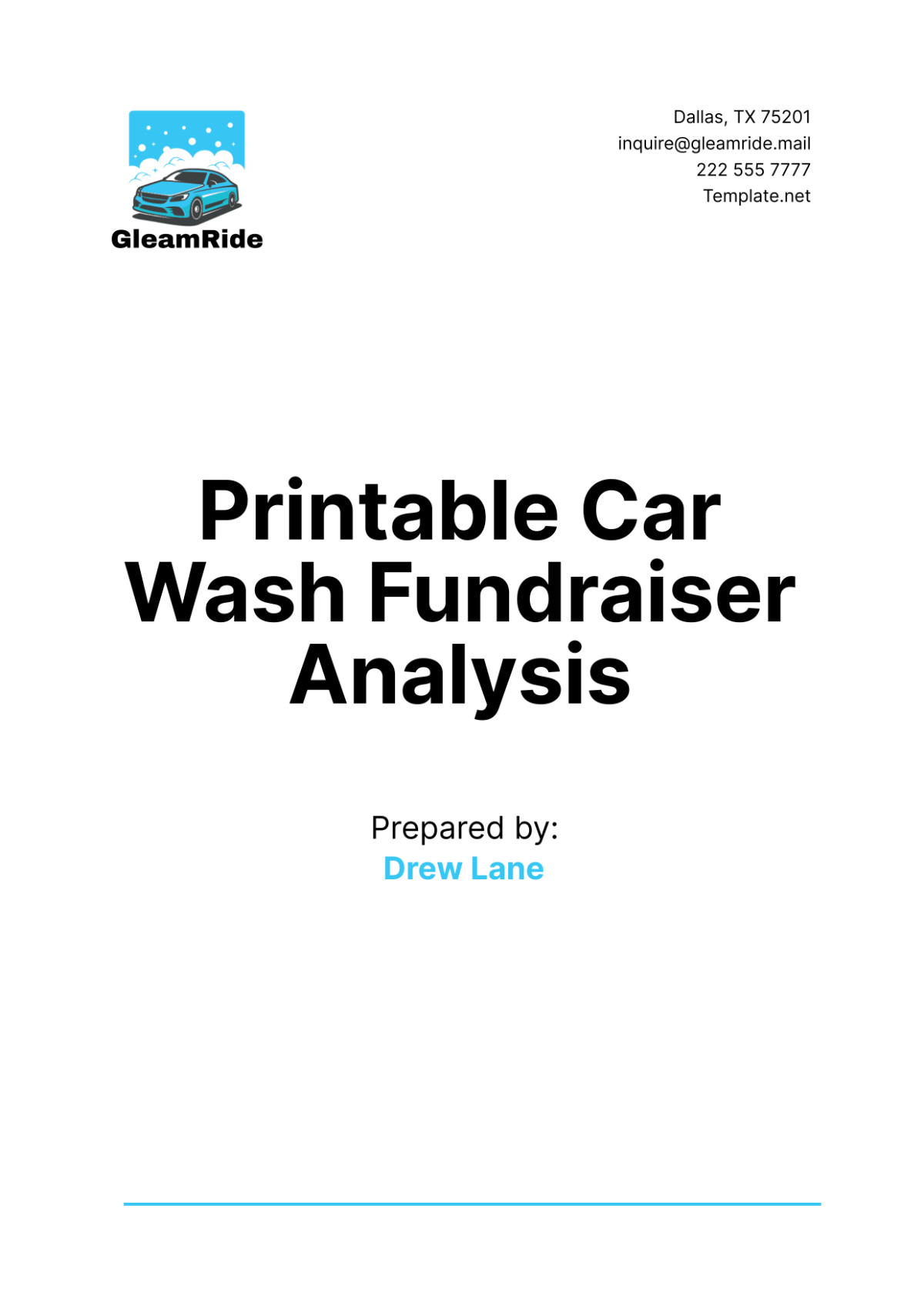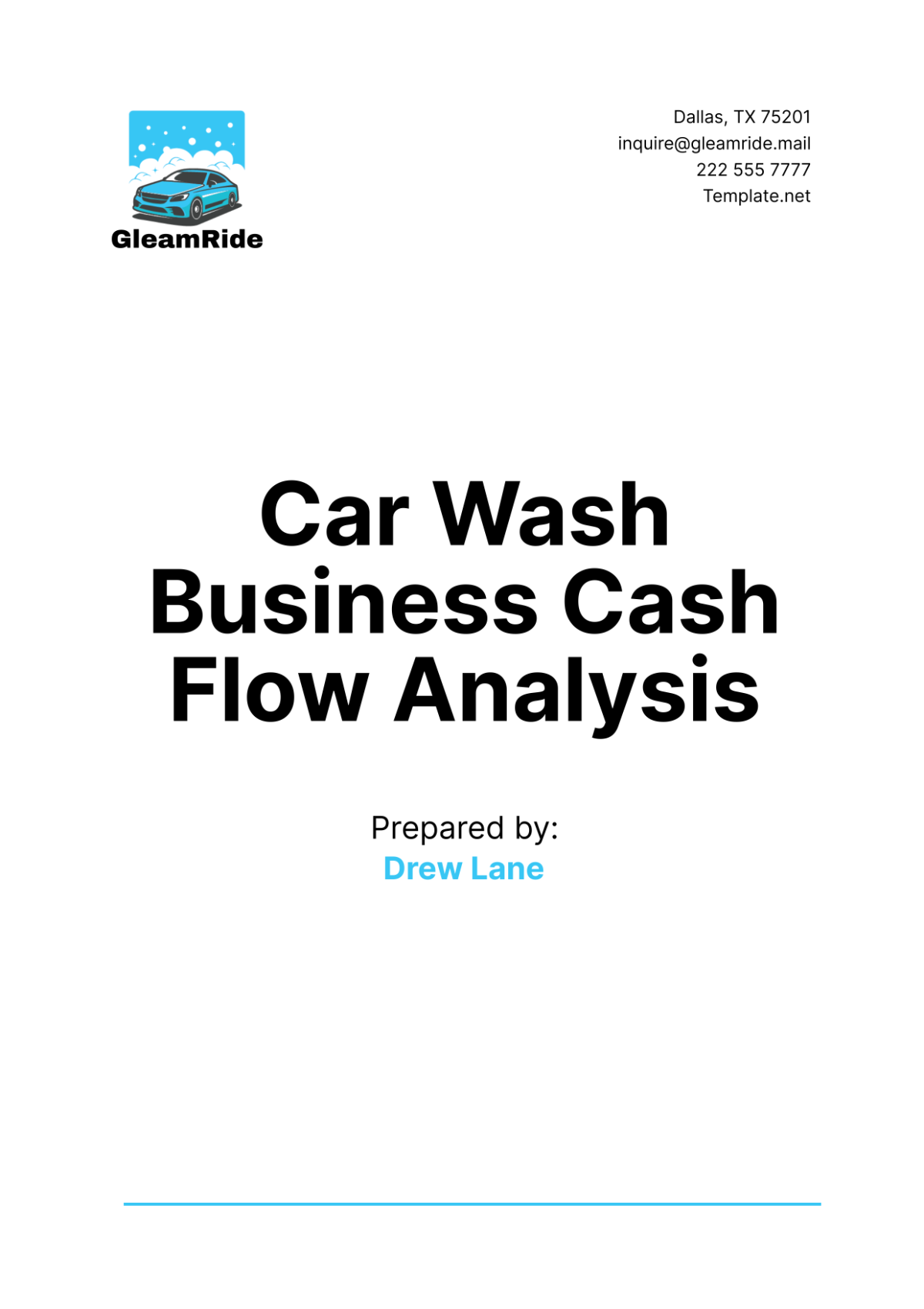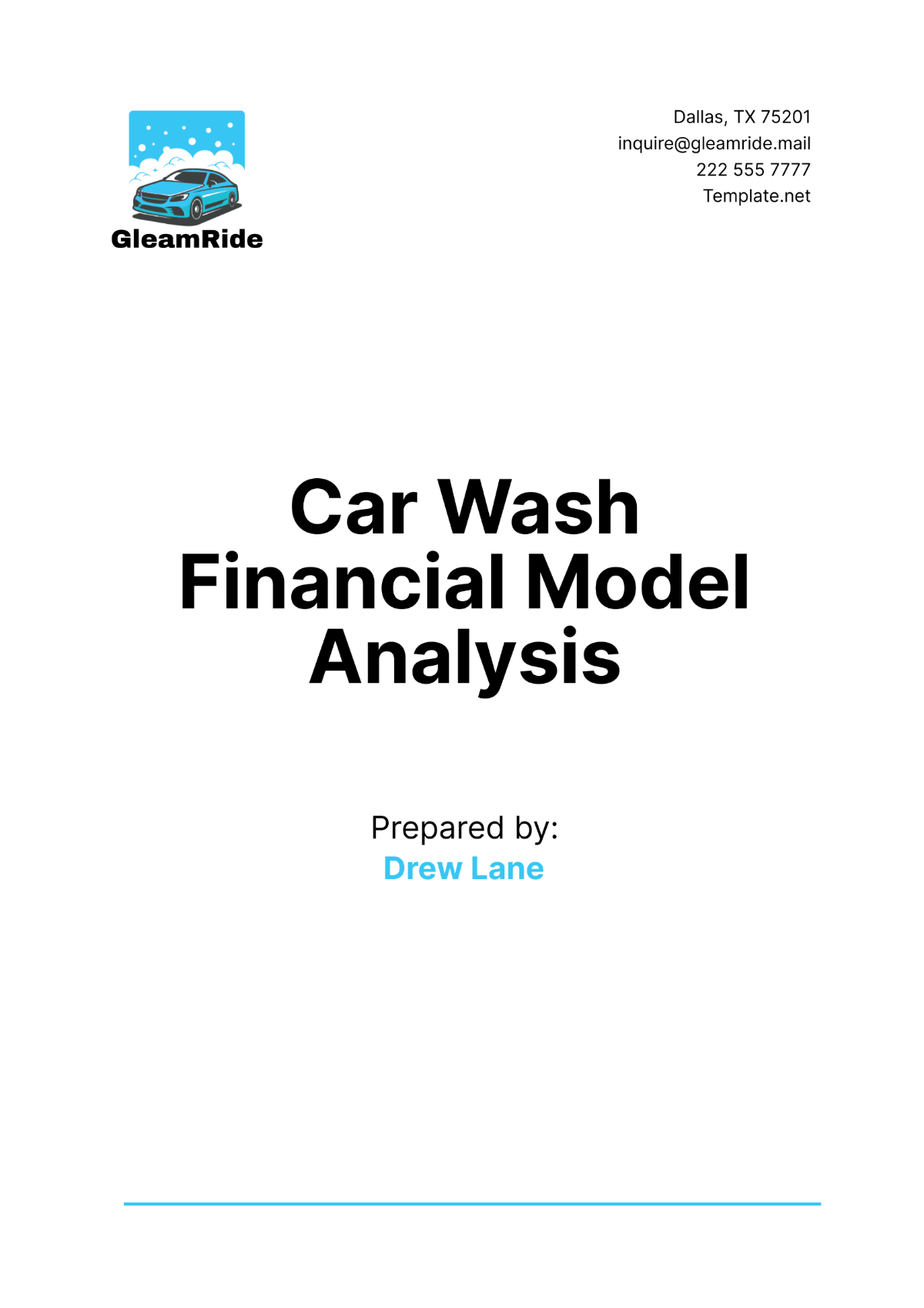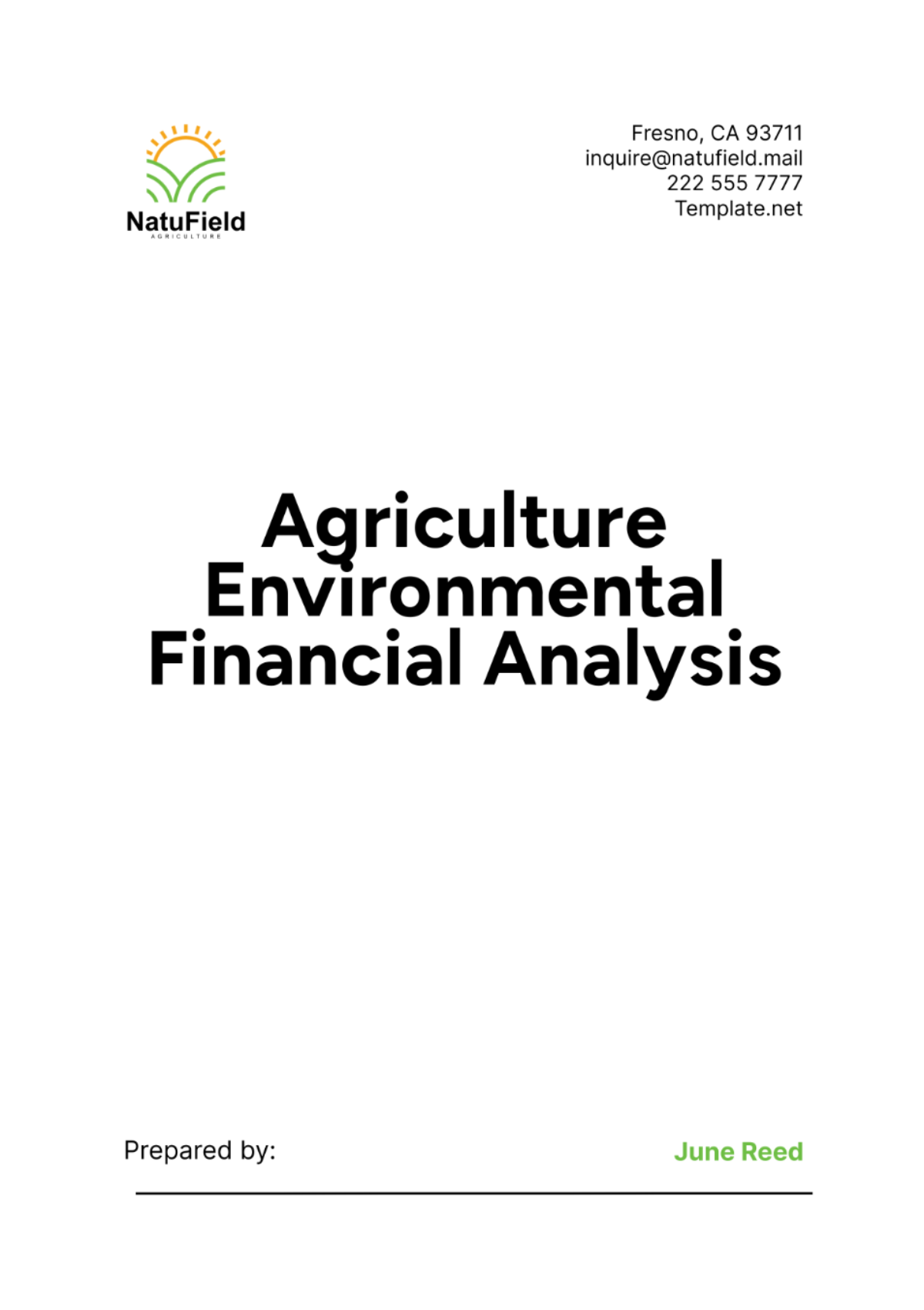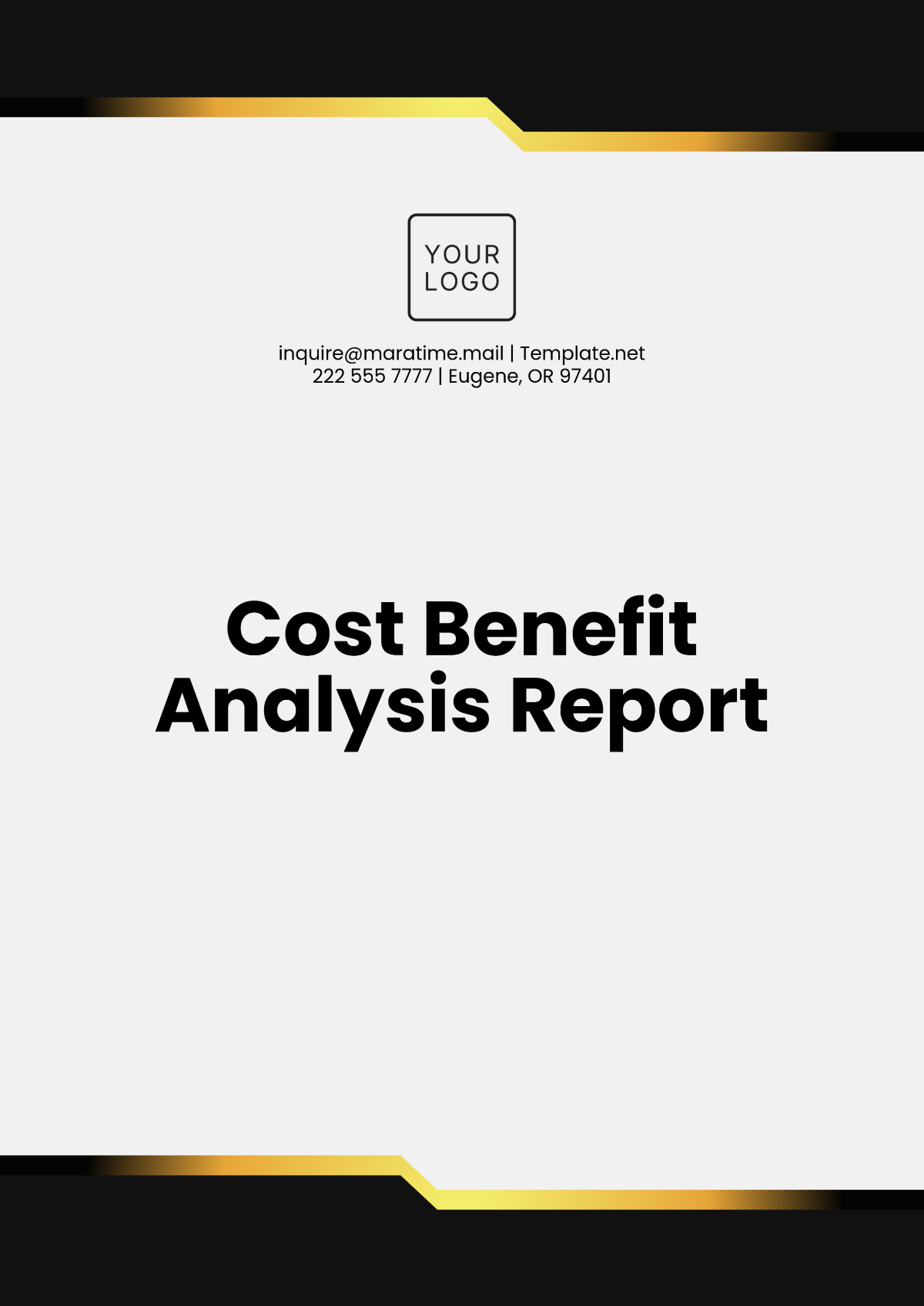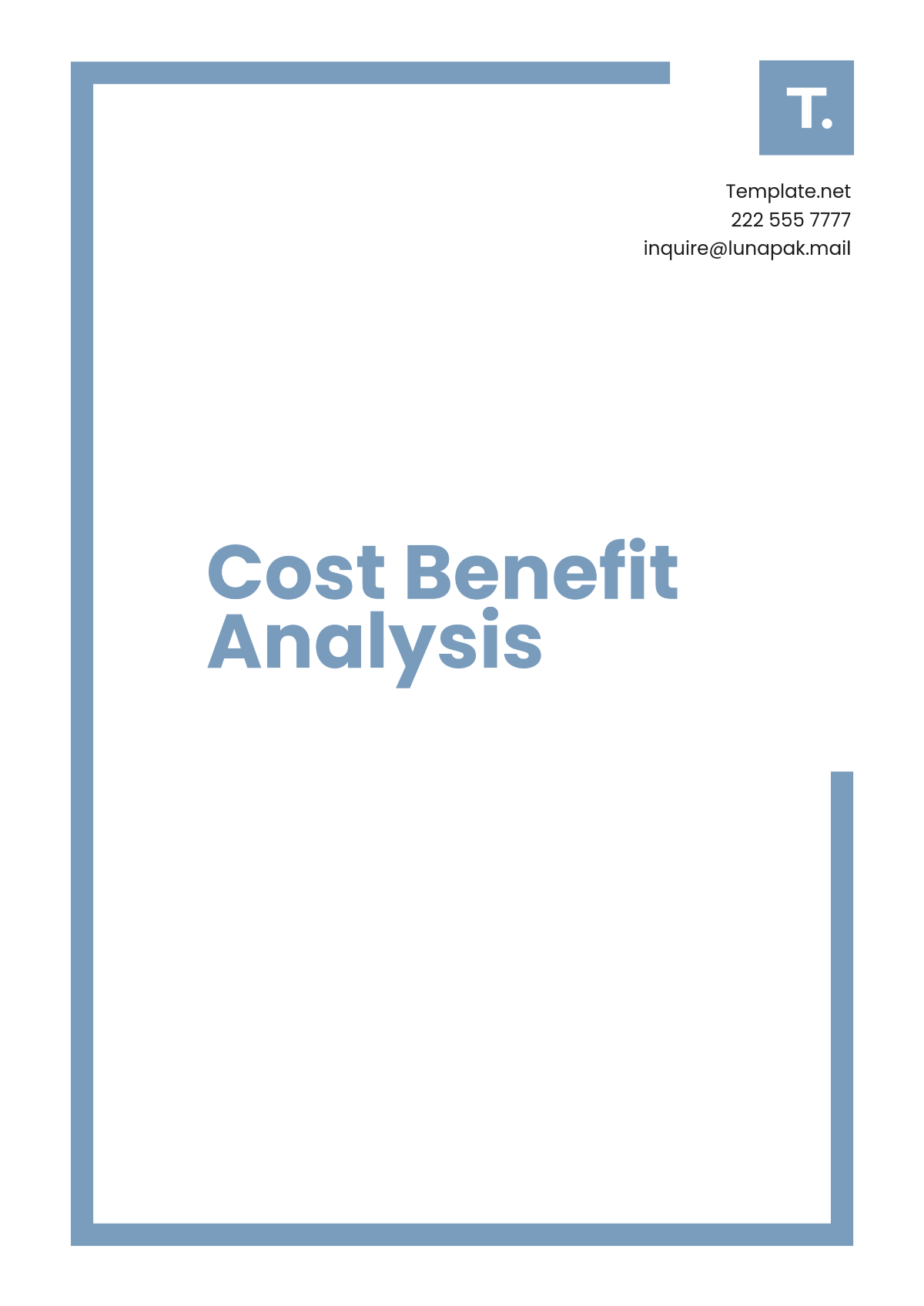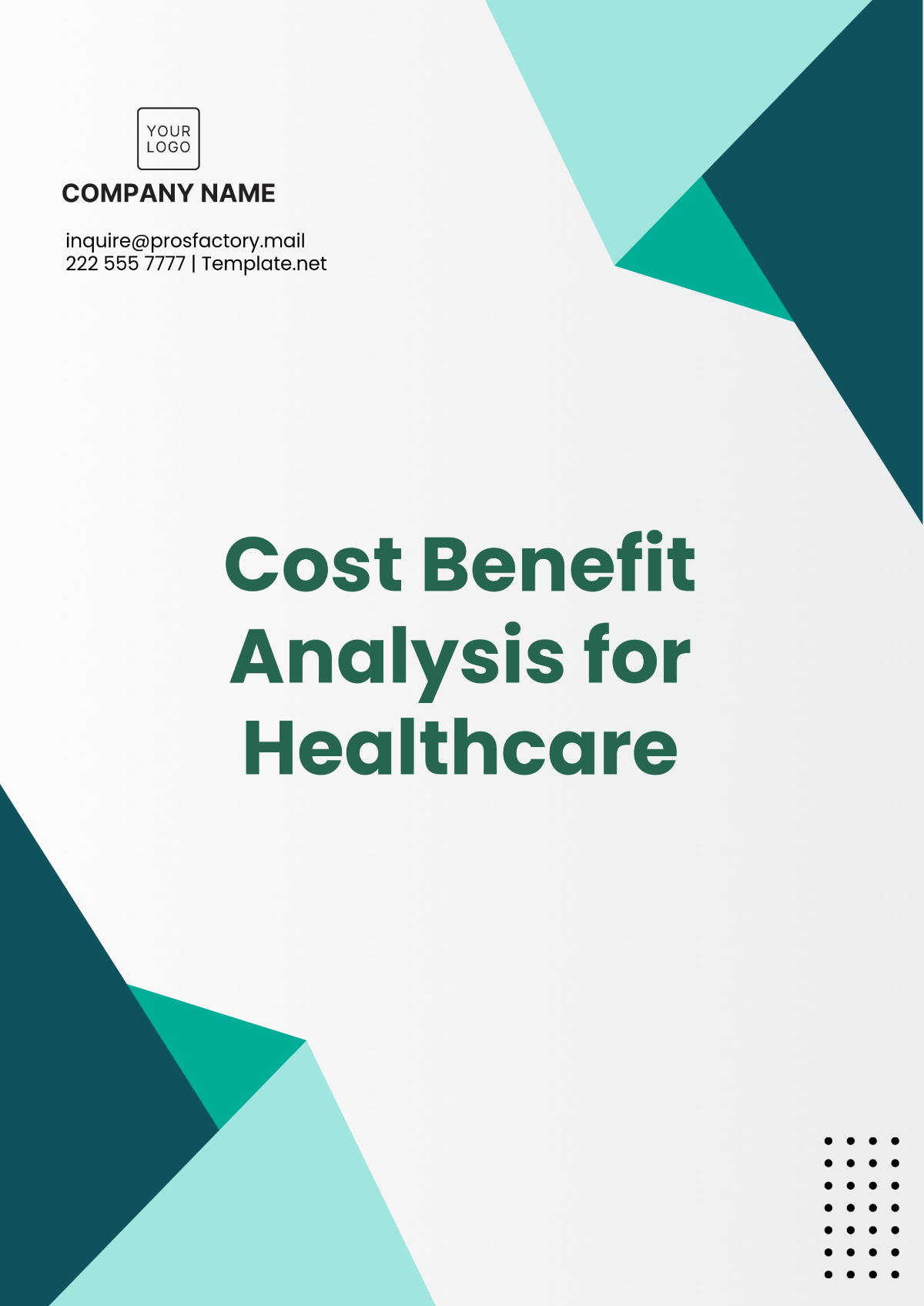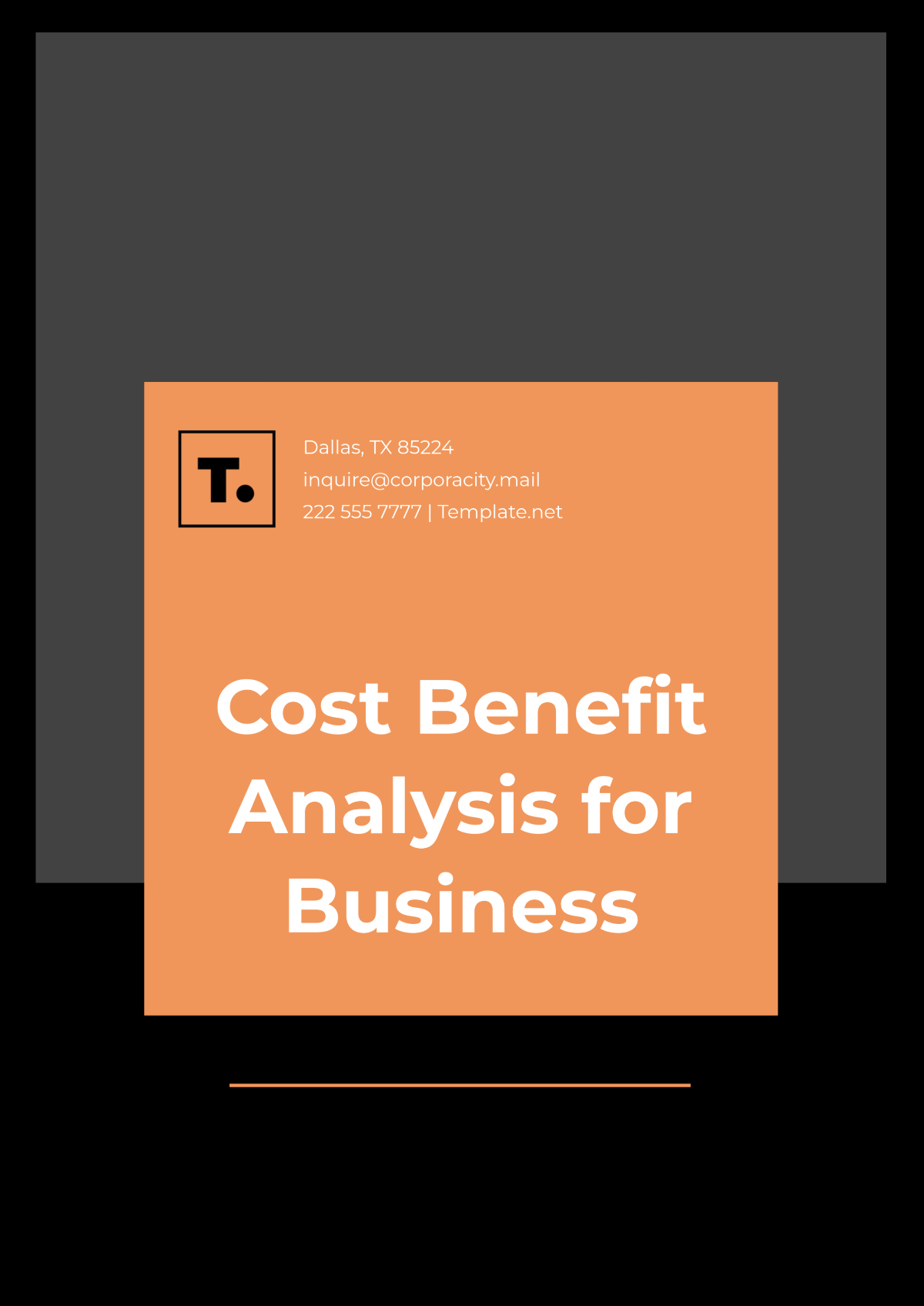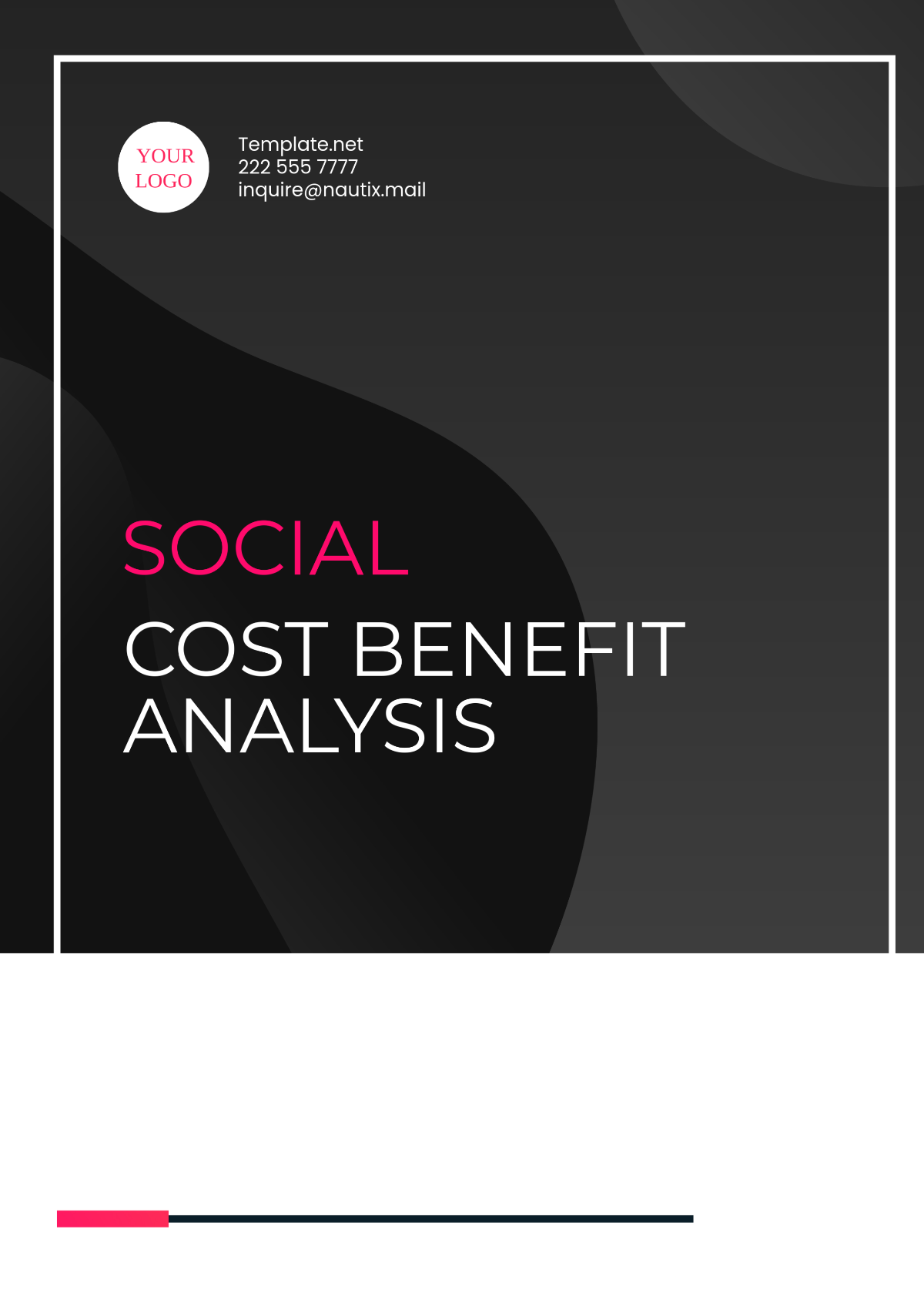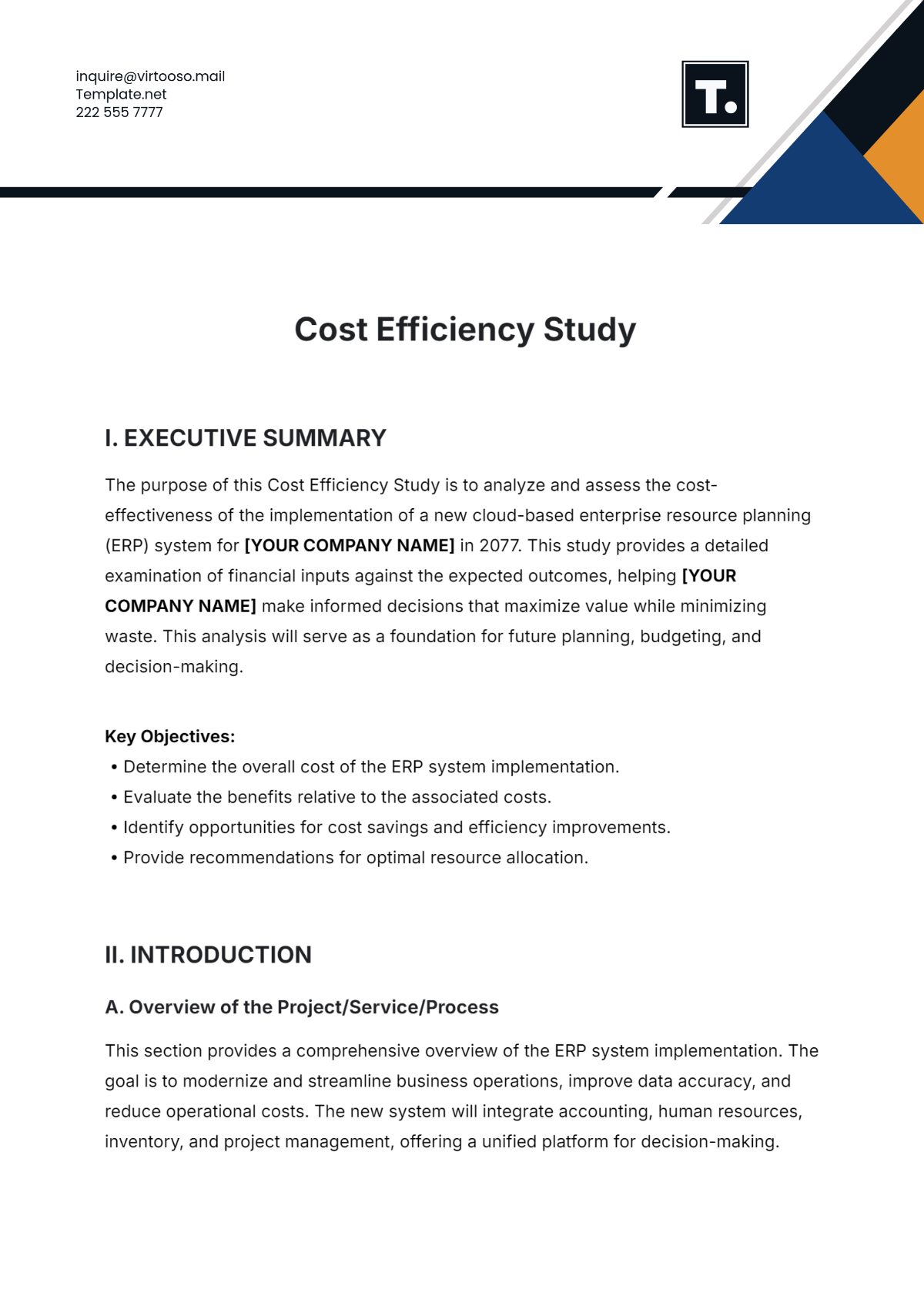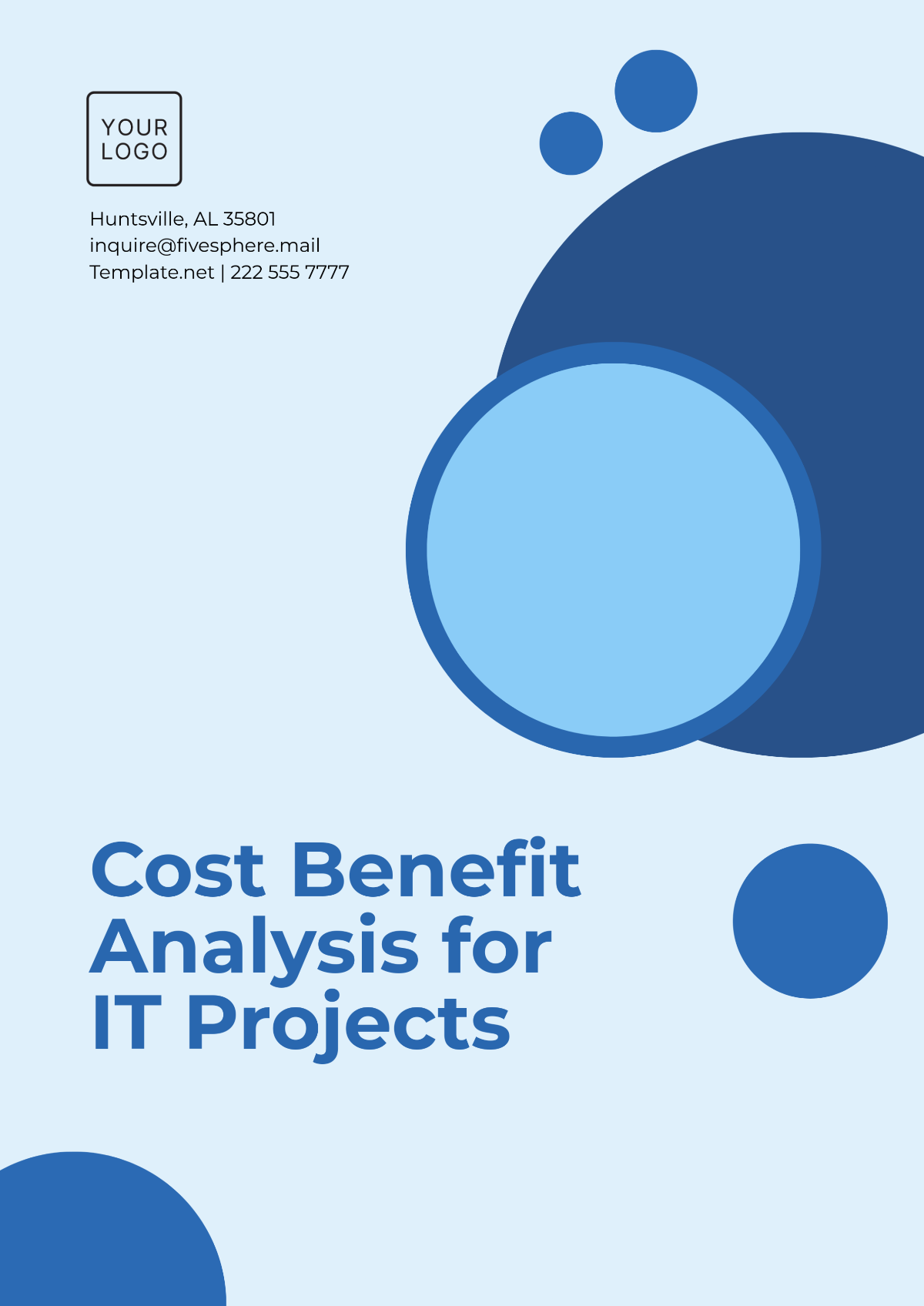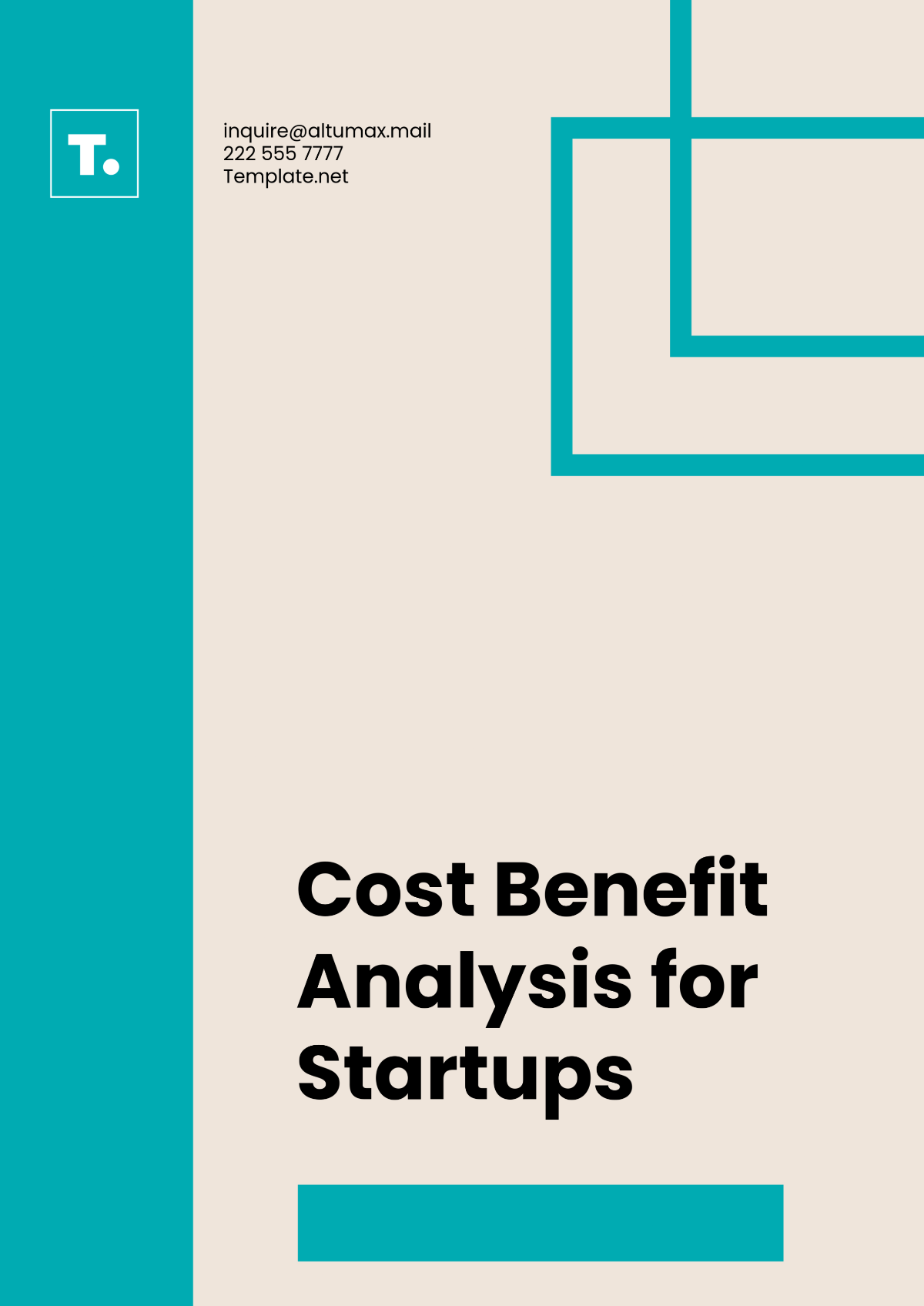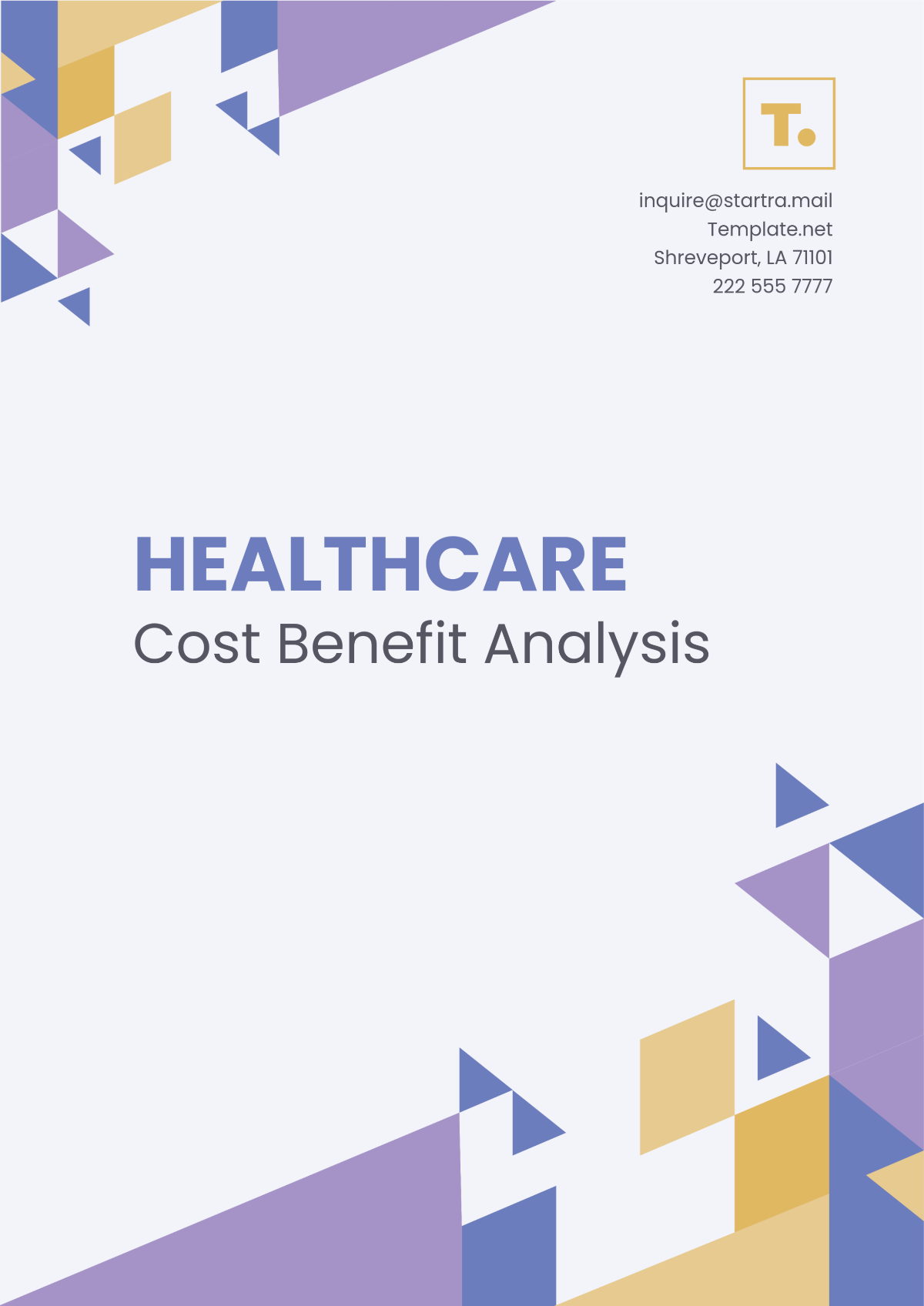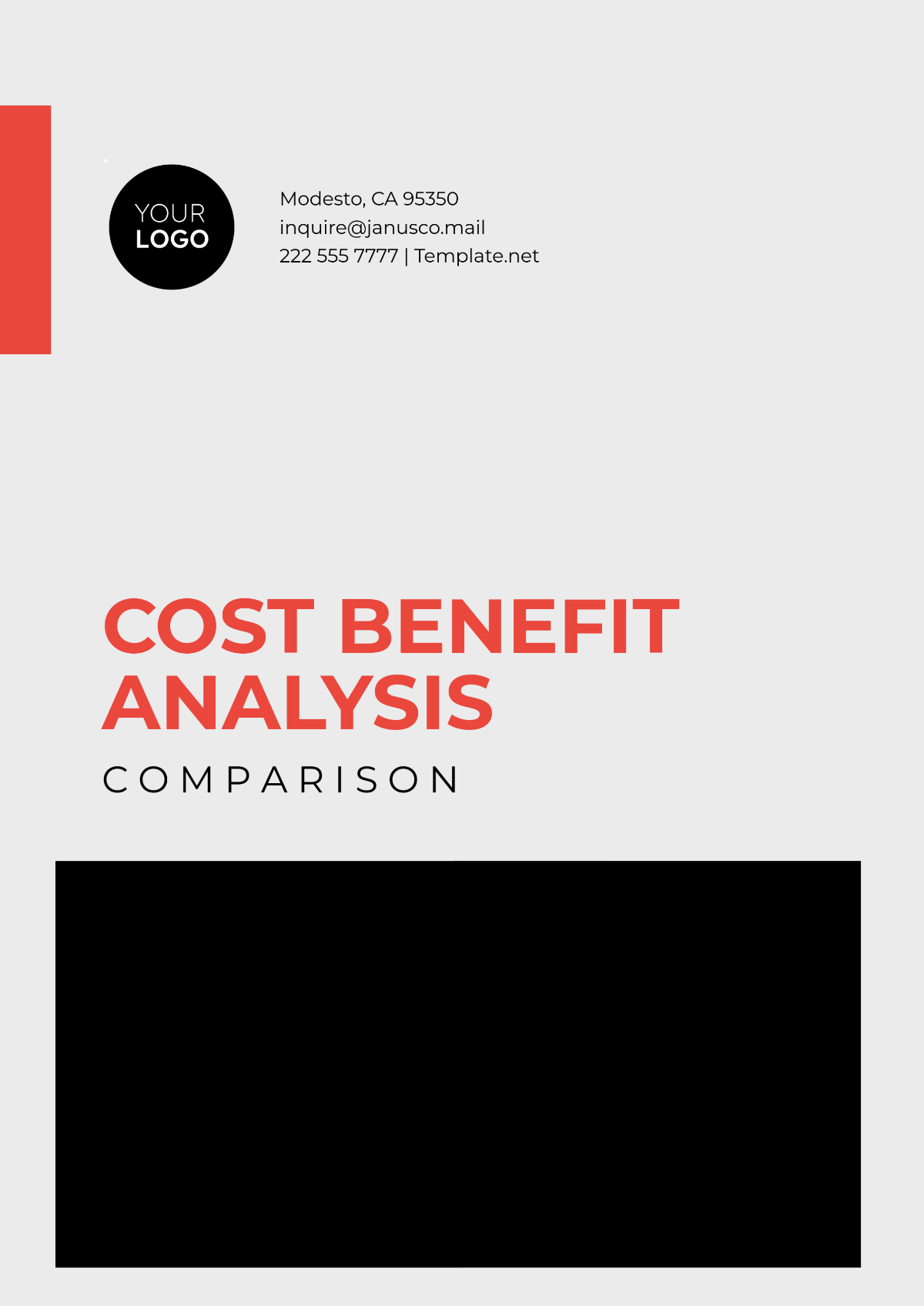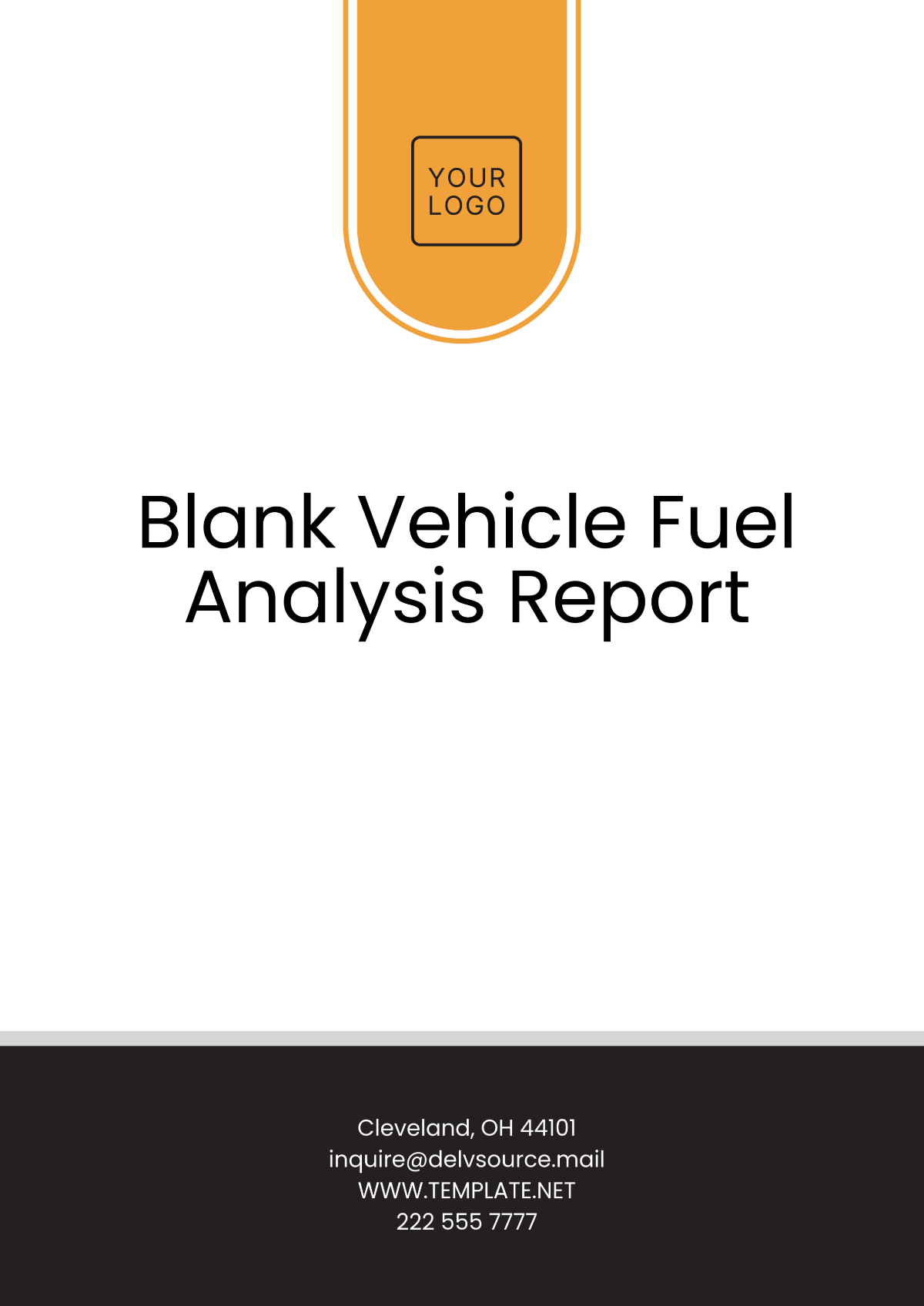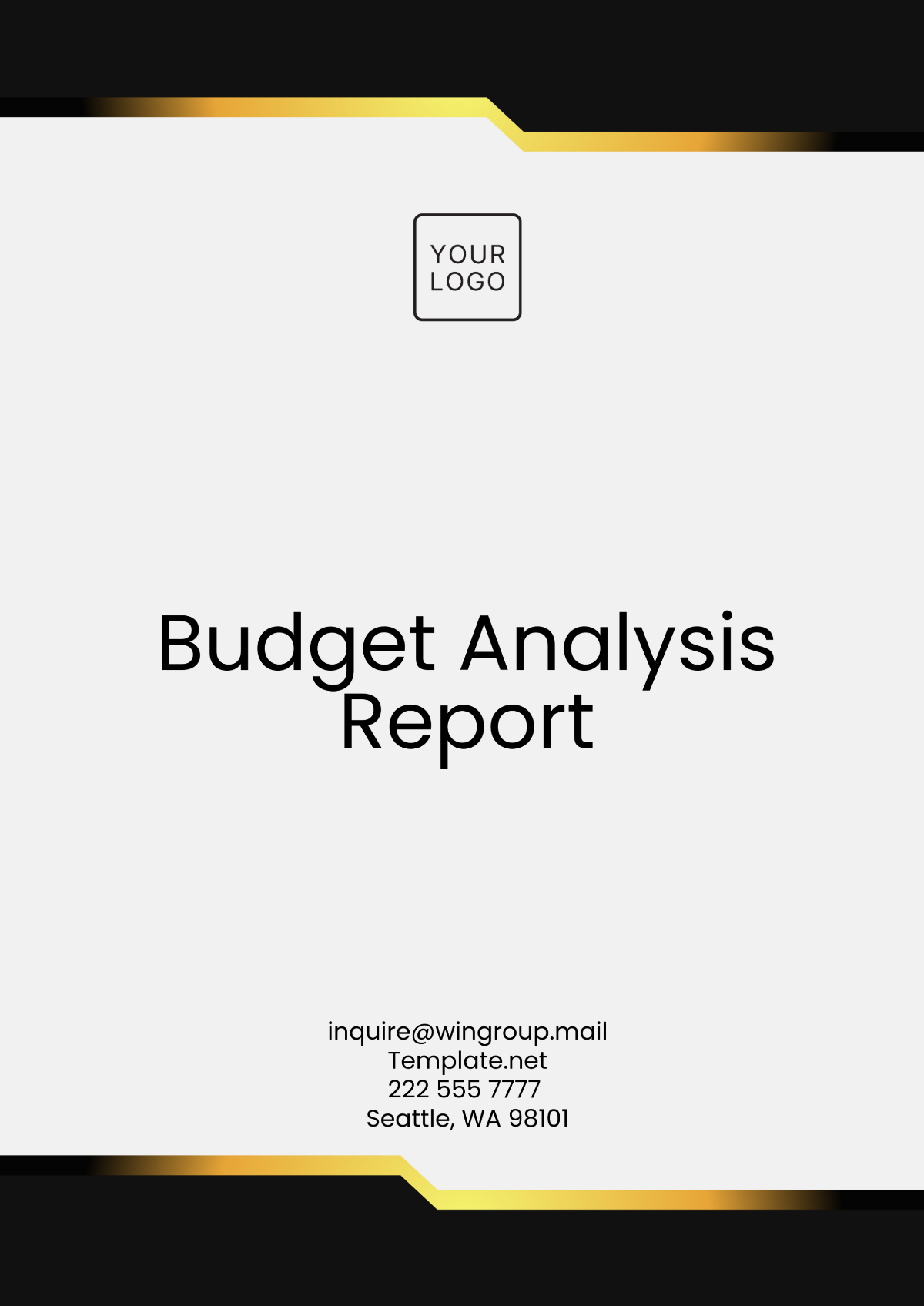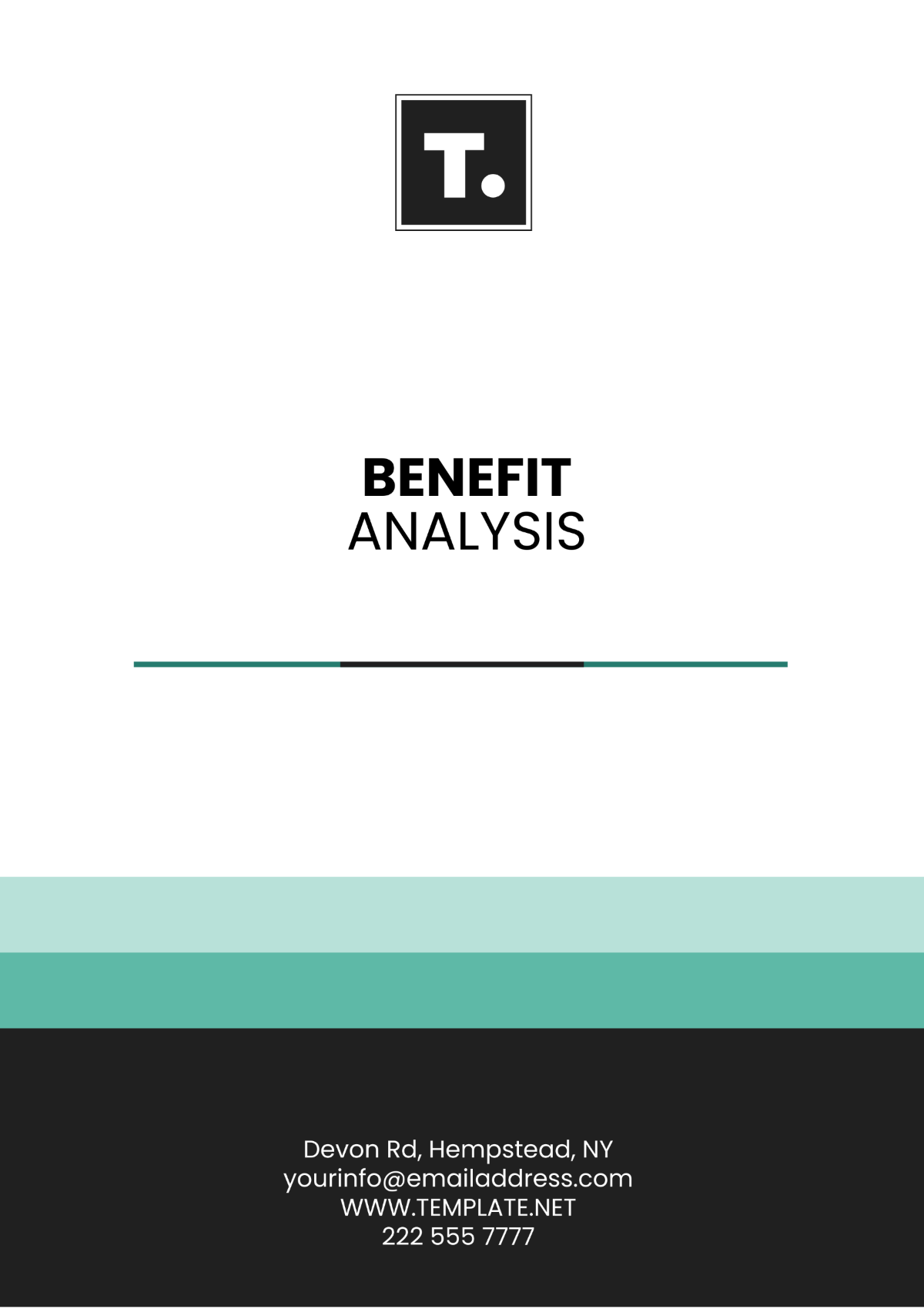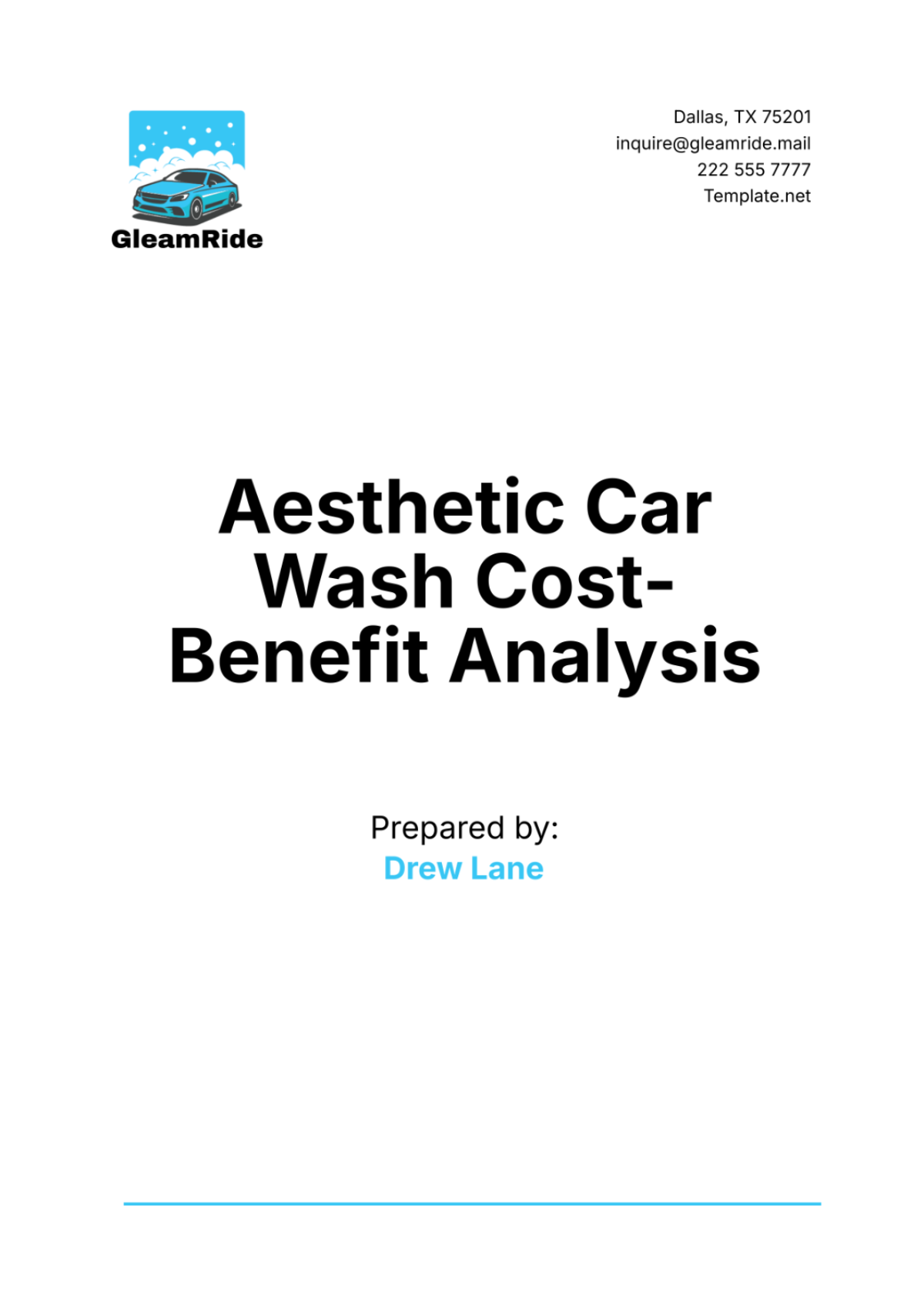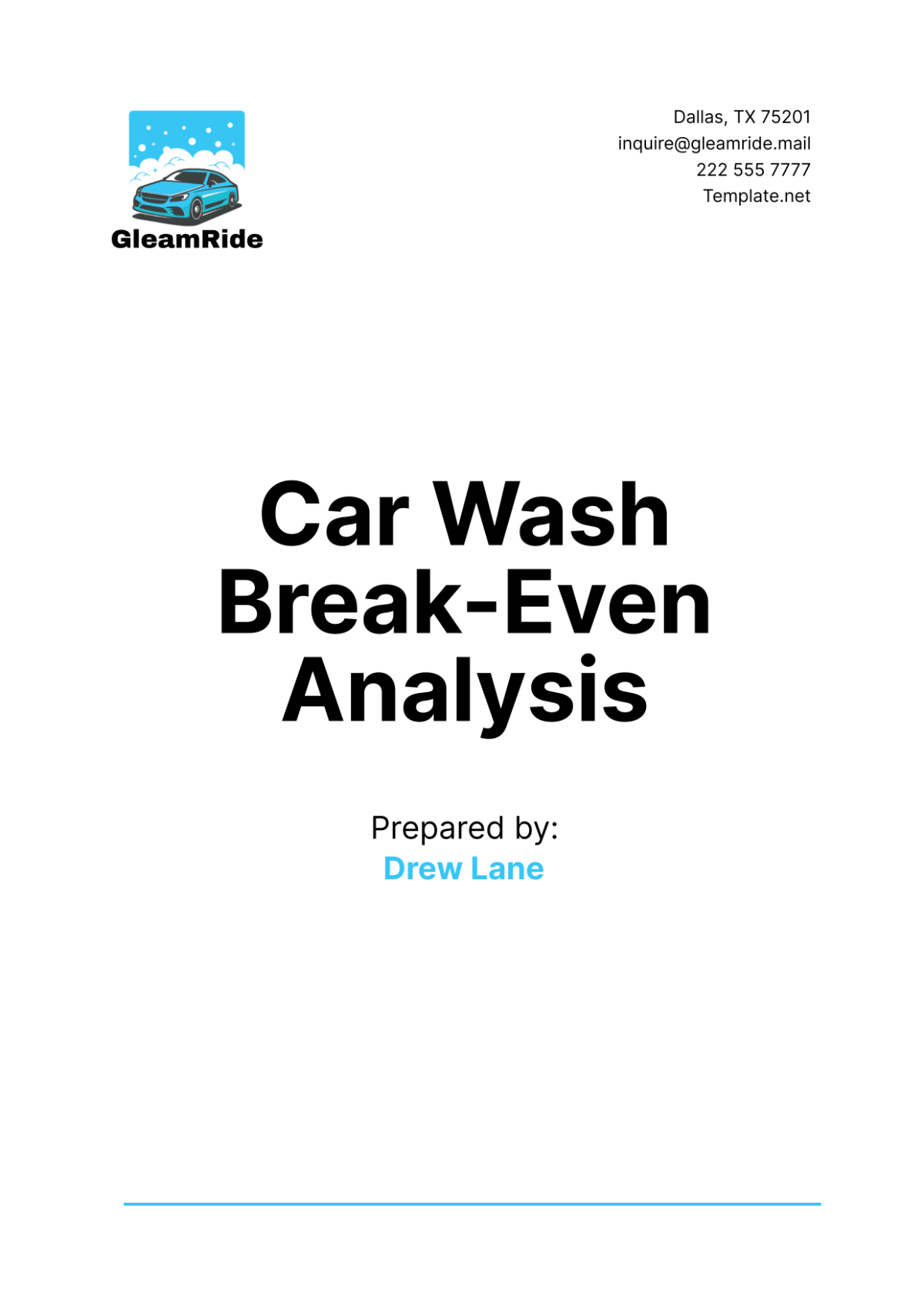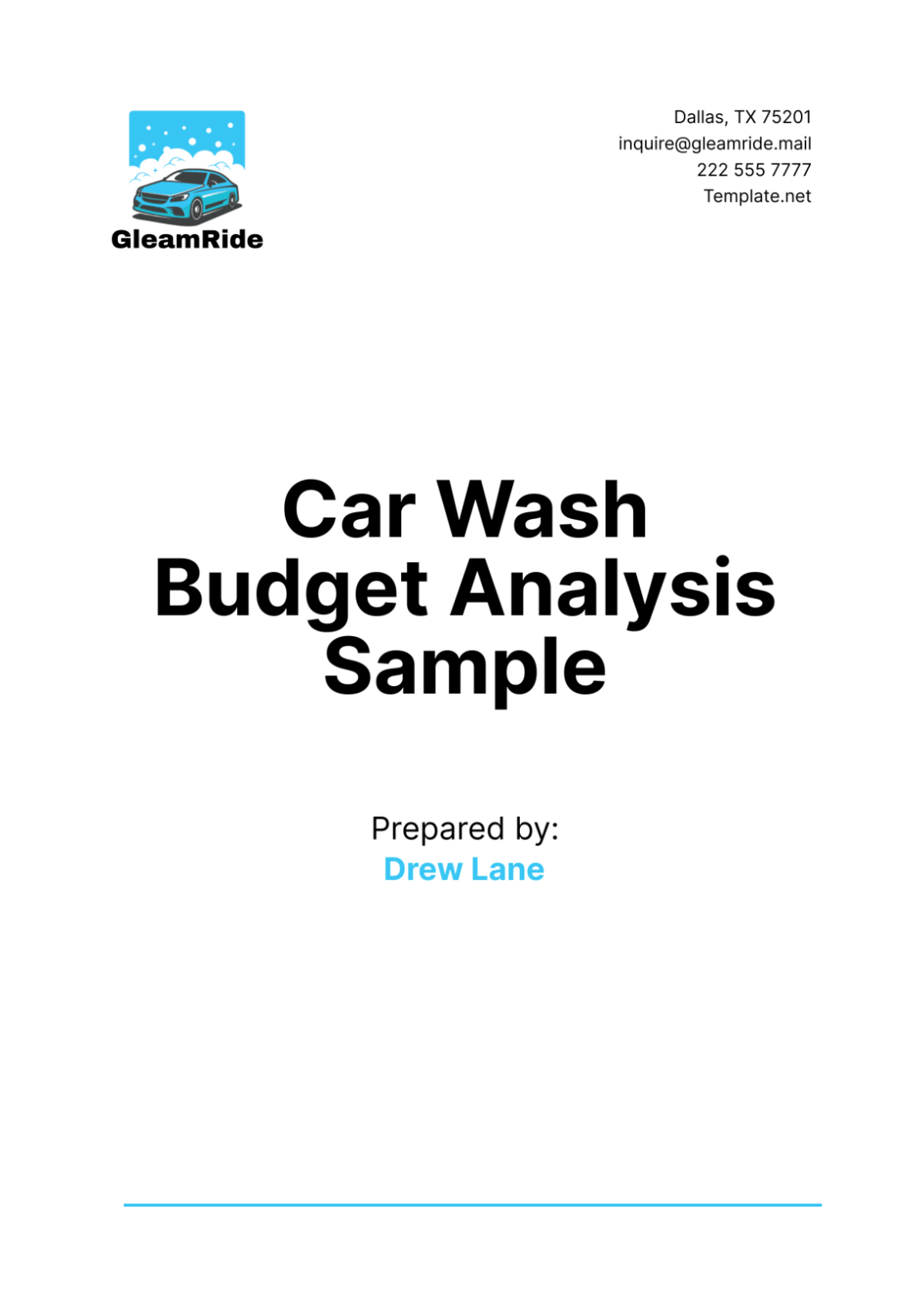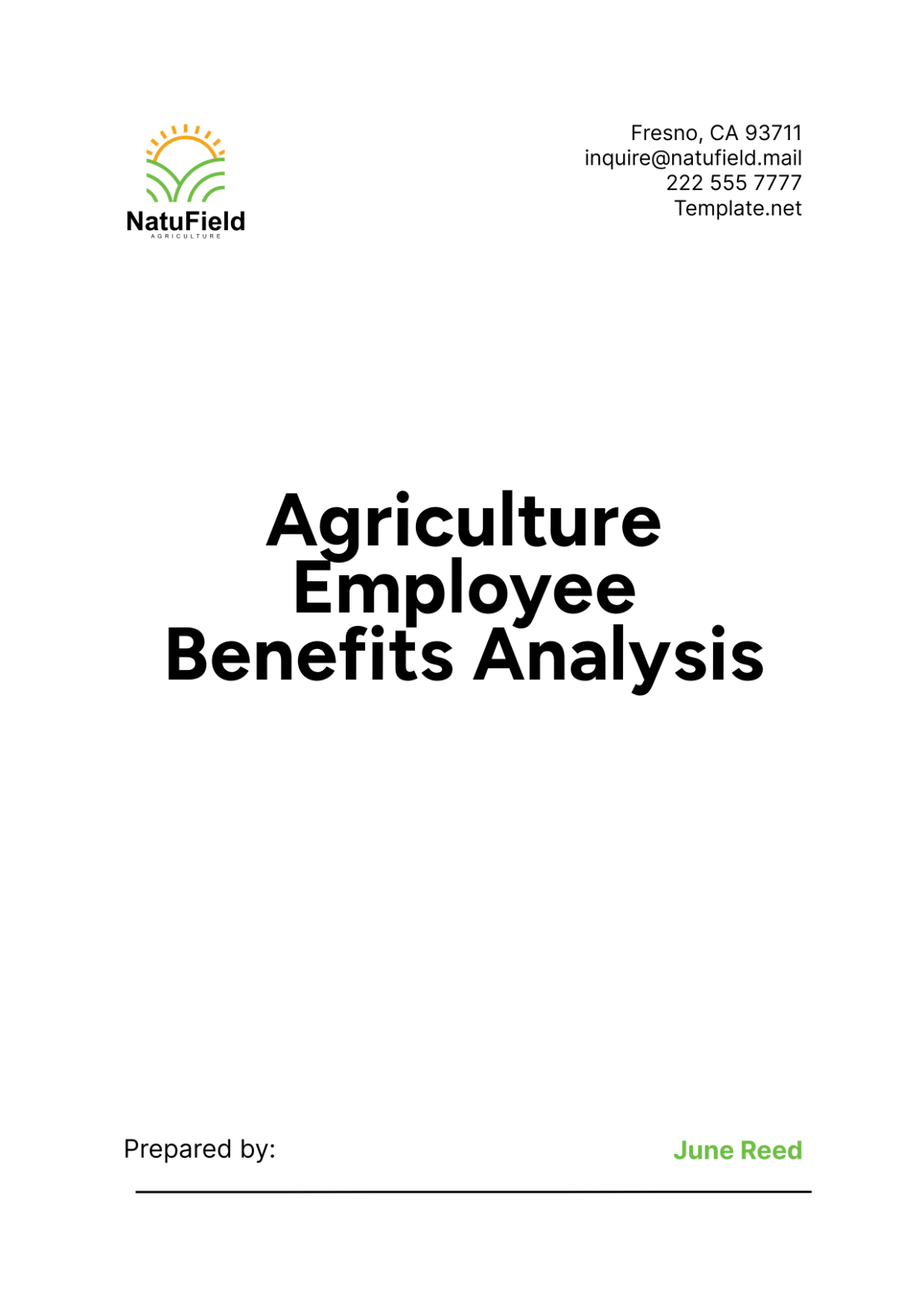Startup Cost Structure Analysis
Executive Summary
This analysis provides a detailed examination of our startup's cost structure, focusing on both fixed and variable costs that influence our overall financial strategy and operational efficiency. Through rigorous assessment, we have identified key areas that impact our profitability and scalability, allowing us to develop strategies for optimizing our cost management and pricing models.
Key Findings
Fixed Costs Total: $120,000 annually, with the largest expenses being rent ($30,000) and salaries ($60,000).
Variable Costs: Approximately 40% of total sales, primarily due to cost of goods sold (COGS) and marketing expenses.
Break-even Point: Requires monthly sales of $20,000 to cover all fixed and variable costs.
Scalability Concerns: High variable costs could limit scalability without strategic pricing or cost reduction measures.
Optimization Opportunities: Potential to reduce variable costs through supplier negotiations and marketing ROI improvements.
In conclusion, our cost structure analysis highlights critical areas for improvement and optimization. With a clear understanding of our fixed and variable costs, we are better positioned to make strategic decisions that enhance our financial health and support sustainable growth.
I. Overview of the Startup
Founded in 2018, our startup operates within the rapidly evolving tech industry, focusing on developing innovative software solutions that streamline business operations for small to medium-sized enterprises (SMEs). Our mission is to empower businesses by providing intuitive, scalable, and cost-effective software products that address key operational challenges.
Our business model is centered around a subscription-based revenue model, supplemented by customized solution packages tailored to the specific needs of our clients. Since our inception, we have achieved significant milestones, including acquiring over 500 active subscriptions and successfully launching three major product lines. Our commitment to continuous innovation and customer satisfaction has positioned us as a promising player in the tech industry, with a clear vision for future expansion and product development.
II. Analysis of Fixed Costs
Fixed costs are the expenses that remain constant regardless of the production volume or sales level. For startups, managing fixed costs is crucial as they represent the baseline expenses required to operate the business. Our startup incurs fixed costs through rent, salaries, software subscriptions, and more, which together form the foundation of our operational expenses.
Fixed Cost Item | Annual Cost ($) |
Rent | 30,000 |
Salaries | 60,000 |
Software Subscriptions | 15,000 |
Insurance | 5,000 |
Utilities | 10,000 |
Total | 120,000 |
Our fixed costs total $120,000 annually, representing a significant portion of our budget that must be covered regardless of business performance. The largest component is salaries, reflecting our investment in a skilled team to develop and market our software solutions. While these costs ensure the operational capability of our startup, they also set the minimum revenue target needed to sustain business operations. Managing these fixed costs effectively is critical for maintaining financial sustainability, particularly during the initial growth phases or economic downturns. Our strategy focuses on optimizing these expenses without compromising the quality of our offerings or the well-being of our team, ensuring a balanced approach to financial management and business development.
III. Analysis of Variable Costs
Variable costs fluctuate directly with production volume and sales activity. For our startup, these costs include expenses related to the cost of goods sold (COGS), marketing, and shipping. Understanding and managing variable costs is essential for maintaining profitability and achieving scalable growth.
Variable Cost Item | Cost as % of Sales |
COGS | 25% |
Marketing Expenses | 10% |
Shipping | 5% |
Total | 40% |
Variable costs account for 40% of sales, highlighting the direct impact of sales activity on our operational expenses. COGS is the most significant variable expense, underscoring the cost associated with producing our software solutions. As sales volume increases, COGS and other variable costs rise correspondingly, necessitating careful pricing and cost management strategies to ensure profitability. The relationship between sales volume and variable costs emphasizes the importance of achieving economies of scale; as our sales grow, we aim to negotiate better terms with suppliers and streamline our marketing and shipping processes to reduce the percentage of sales these costs represent. This approach will allow us to improve our gross margin over time, supporting sustainable growth and financial health.
IV. Total Cost Analysis
The total cost analysis provides an integrated view of both fixed and variable costs, offering a comprehensive perspective on our startup's overall cost structure. This holistic understanding is essential for strategic financial planning, pricing decisions, and evaluating profitability.
Cost Type | Annual Cost ($) | Cost as % of Sales |
Fixed Costs | 120,000 | N/A |
Variable Costs* | 40% of Sales | 40% |
Total Costs | Depends on Sales Volume | 40% + Fixed Costs |
*Note: Variable costs are represented as a percentage of sales for this analysis.
Our total cost structure, combining $120,000 in fixed costs with variable costs at 40% of sales, directly influences our pricing strategy and profitability. To maintain financial health, our pricing must cover both types of costs while offering competitive value to our customers. The fixed costs create a baseline below which our pricing cannot fall without incurring losses, whereas the variable costs scale with sales volume, affecting our profit margins.
The interplay between fixed and variable costs also impacts our break-even point, necessitating sales volumes that not only cover variable costs but also contribute to covering fixed costs. Understanding this dynamic is crucial for setting realistic sales targets and for strategic decision-making regarding marketing, sales efforts, and product development to ensure that revenue exceeds total costs.
V. Break-even Analysis
The break-even analysis calculates the sales volume required to cover all costs, providing a clear financial target for achieving profitability. This analysis is foundational for business strategy and financial planning, as it highlights the minimum performance threshold needed to sustain the business.
To calculate the break-even point, we use the formula:
Assuming an average unit price of $100 and a variable cost of $40 per unit (40% of the unit price), our break-even volume is at 2,000 units.
Reaching a break-even volume of 2,000 units is a critical milestone for our startup, indicating the point at which we start generating profit. This analysis underscores the importance of not only driving sales volume but also controlling and optimizing costs. Strategies to lower variable costs or increase the unit price, where market conditions allow, can significantly reduce the break-even volume, making profitability more achievable.
Furthermore, understanding our break-even point helps in setting realistic sales targets, pricing products appropriately, and making informed decisions about investments in marketing and product development. It also plays a crucial role in financial planning, providing a clear target for revenue generation to support sustainable growth and long-term financial stability.
VI. Cost Behavior and Scalability
As startups scale their operations, understanding how costs behave in response to changes in activity levels is crucial for maintaining profitability and ensuring sustainable growth. Different costs will react differently as the startup expands, impacting the overall cost structure and financial strategy.
Cost Type | Behavior at Scale | Example Impact |
Fixed Costs | Remain constant up to a capacity limit, then may step up | Rent might stay the same until a larger space is needed due to employee growth. |
Variable Costs | Increase in direct proportion to sales volume | COGS rises as more units are sold, but per-unit cost may decrease due to bulk purchasing. |
Semi-variable Costs | Have both fixed and variable components | A customer support team might have a base staffing level (fixed) that needs to scale (variable) with user base growth. |
Economies of scale refer to the cost advantage achieved when production becomes efficient, leading to a lower cost per unit as the scale of operation expands. For our startup, achieving economies of scale can significantly impact our cost structure, particularly for variable and semi-variable costs. For example, as we increase our production volume, we may negotiate better terms with suppliers, reducing our COGS. Similarly, investments in technology may initially increase our fixed costs but can lead to significant reductions in variable costs over time, such as automating customer service to manage a growing user base without linearly increasing staff. Recognizing and planning for these shifts in cost behavior is essential for scaling operations sustainably, allowing us to leverage our growing scale to improve profitability and competitive positioning.
VII. Cost Optimization Opportunities
Identifying and leveraging cost optimization opportunities is key to enhancing operational efficiency and boosting profitability. Here are some strategies for optimizing costs:
Negotiate with Suppliers: Regularly review and negotiate contracts with suppliers to take advantage of bulk purchasing discounts or better payment terms, reducing COGS.
Automate Processes: Invest in automating repetitive and manual processes to reduce labor costs and improve efficiency. This can transform variable costs into fixed costs, offering better scalability.
Outsource Non-Core Functions: Consider outsourcing functions like HR, IT, and customer service to specialized providers to convert fixed costs into variable costs, allowing for more flexibility as the business grows.
Reduce Waste: Implement lean methodologies to identify and eliminate waste in operations, such as excess inventory or inefficient use of resources, to lower costs.
Utilize Cloud-Based Solutions: Shift from traditional IT infrastructure to cloud-based services to reduce upfront capital expenditures and scale IT resources in line with business needs.
Review and Adjust Pricing Strategy: Regularly review pricing strategies to ensure they reflect the value provided to customers and cover costs, especially as economies of scale are realized.
VIII. Impact on Pricing Strategy
A thorough analysis of our startup's cost structure reveals critical insights for shaping our pricing strategy. Fixed costs, such as rent and salaries, necessitate a minimum revenue level to ensure business sustainability, influencing the baseline price for our services. Meanwhile, variable costs, which scale with production volume, affect marginal profitability and dictate how flexible we can be with pricing strategies, especially in competitive markets. To remain competitive and profitable, our pricing strategy must account for these costs, ensuring that prices are set high enough to cover expenses but still resonate with what customers are willing to pay.
Strategy | Current Price ($) | Proposed Adjustment | Adjusted Price ($) | Expected Impact |
Cost-Plus Pricing | 100 | +10% to cover increased fixed costs | 110 | Cover increased fixed costs and maintain profit margin. |
Value-Based Pricing | 100 | +15% based on enhanced product value | 115 | Reflect the added value of product improvements and features. |
Competitive Pricing | 100 | -5% to undercut major competitors | 95 | Increase market share by offering more competitive pricing. |
Dynamic Pricing | 100 | Variable based on demand | 90-120 | Maximize revenue through price optimization in peak and off-peak times. |
IX. Conclusion
Our analysis of the startup's cost structure and its impact on pricing strategy underscores the importance of a nuanced approach to financial management and strategic pricing. To navigate the challenges of establishing a competitive yet profitable pricing model, we recommend the following:
Continuously monitor and optimize both fixed and variable costs to improve financial efficiency.
Regularly reassess pricing strategies in light of cost structure changes, market trends, and customer feedback.
Leverage value-based pricing to highlight the unique benefits and features of our offerings.
Consider dynamic pricing models where feasible to capitalize on market demand fluctuations.
Stay informed about competitor pricing strategies and market shifts to ensure our pricing remains competitive.



